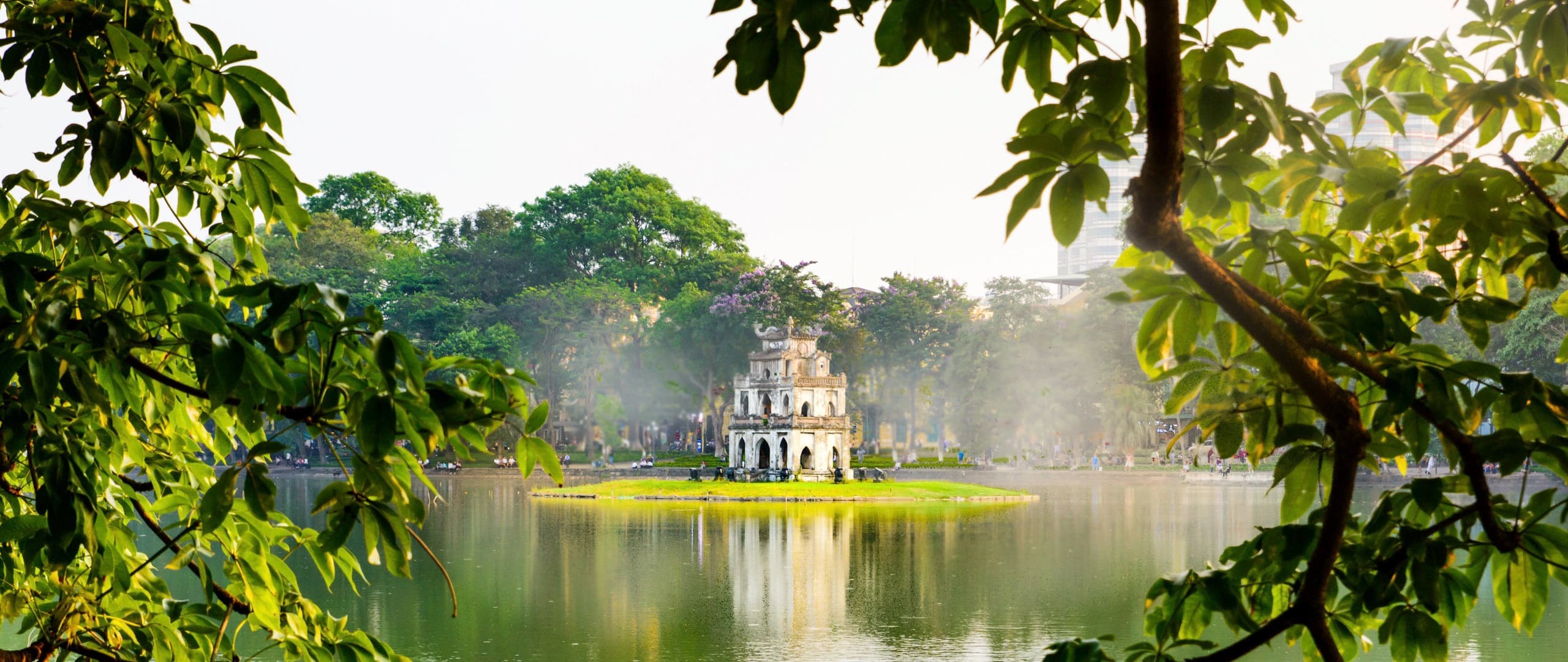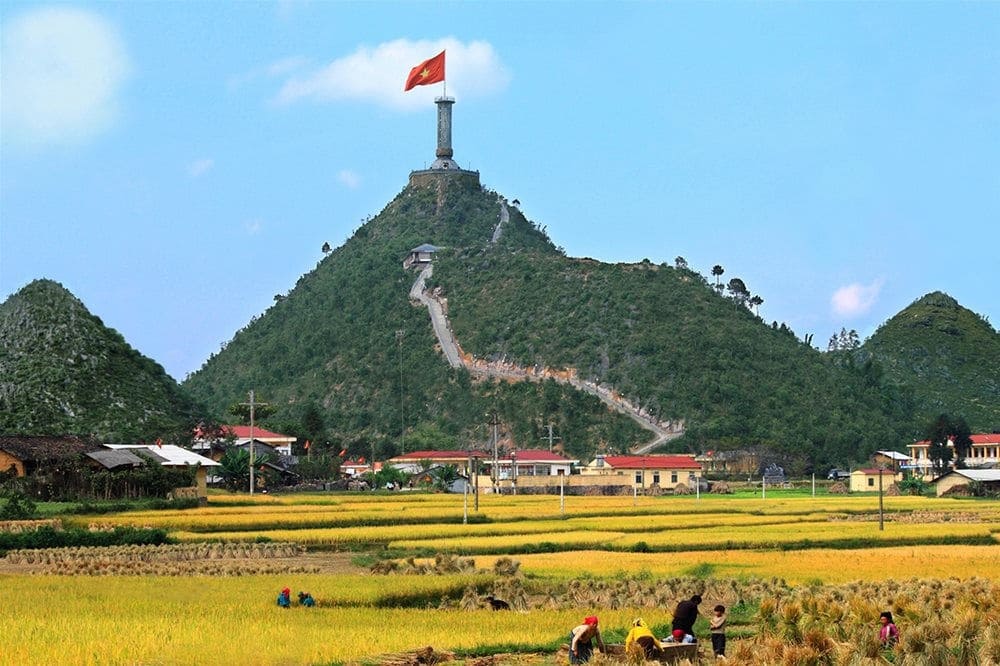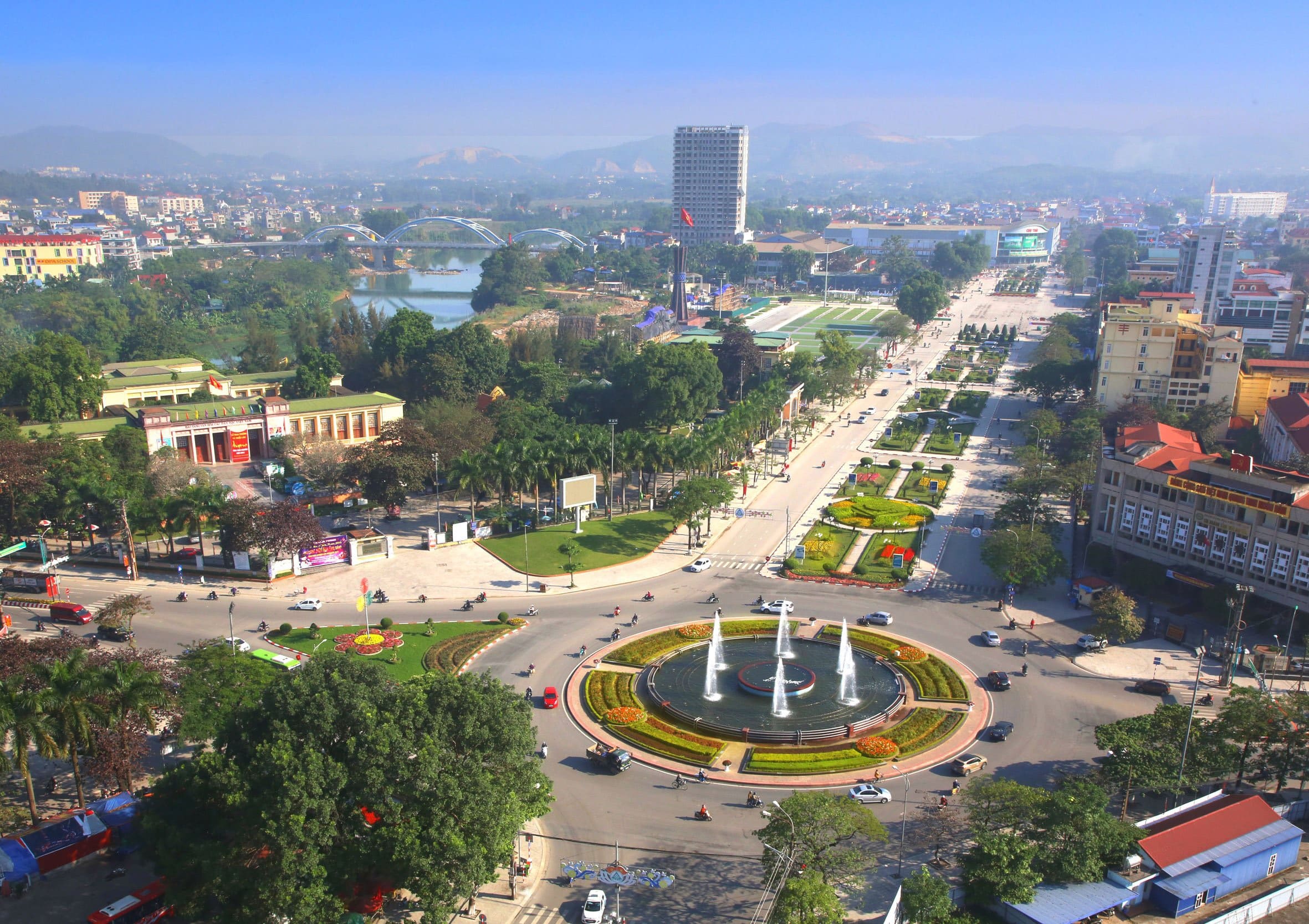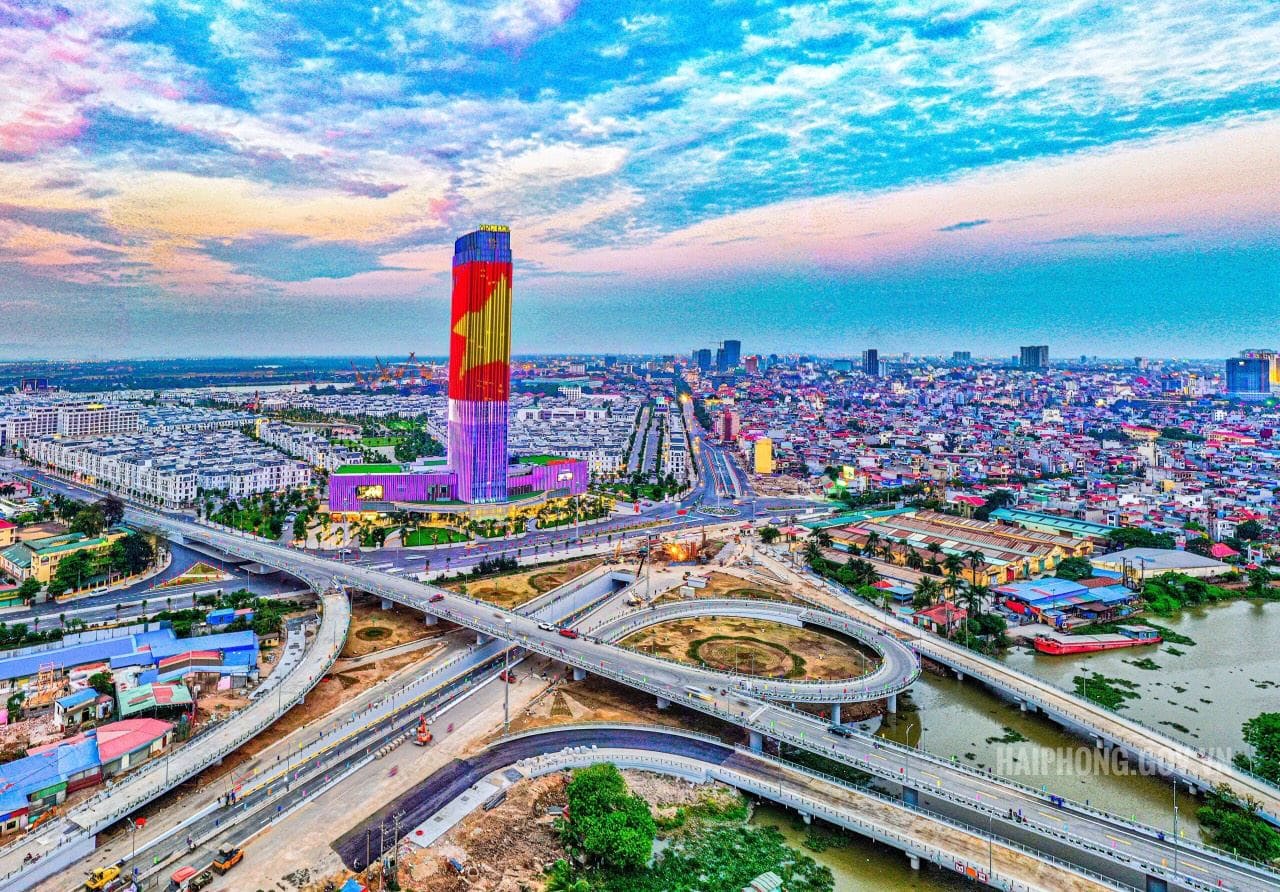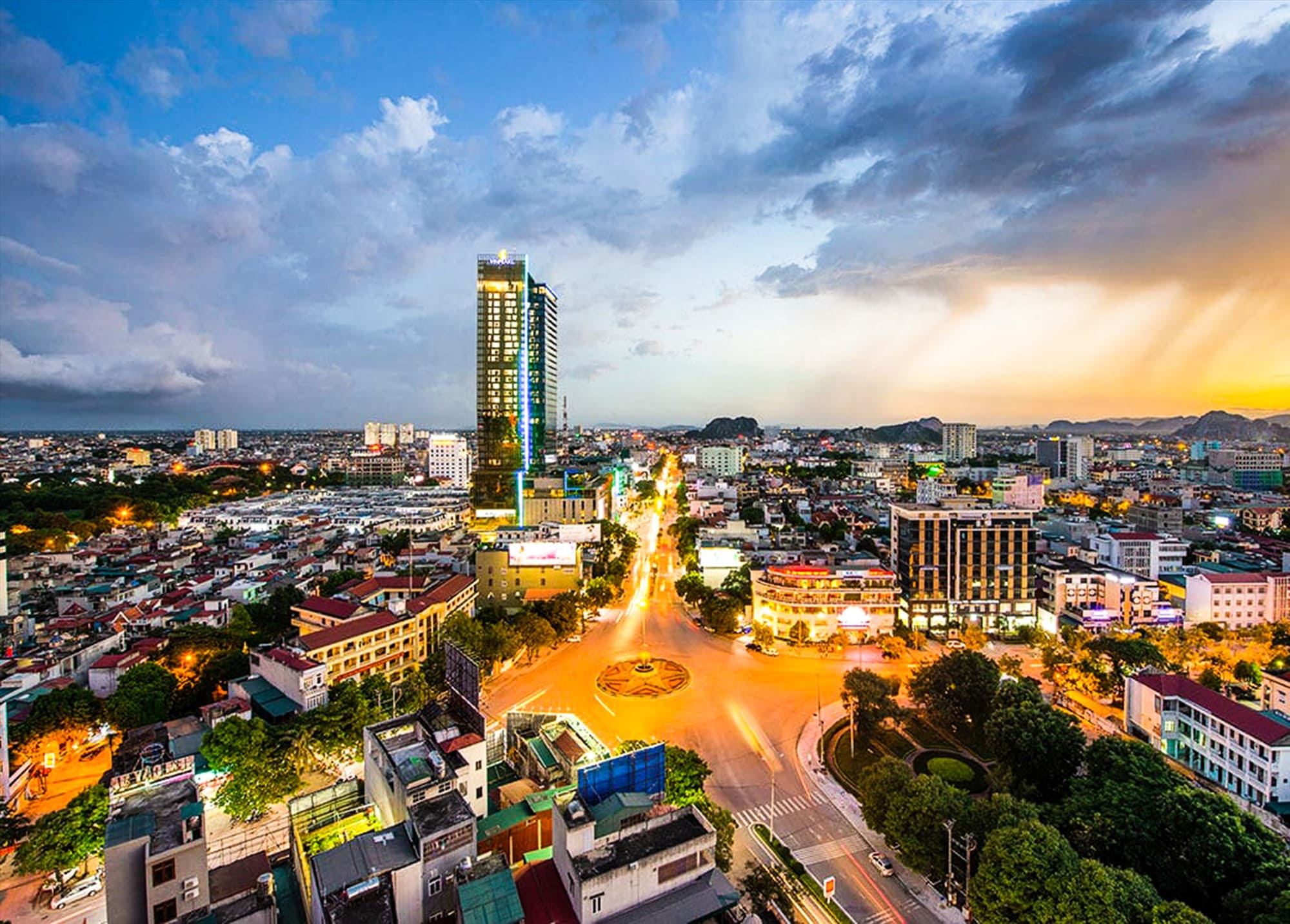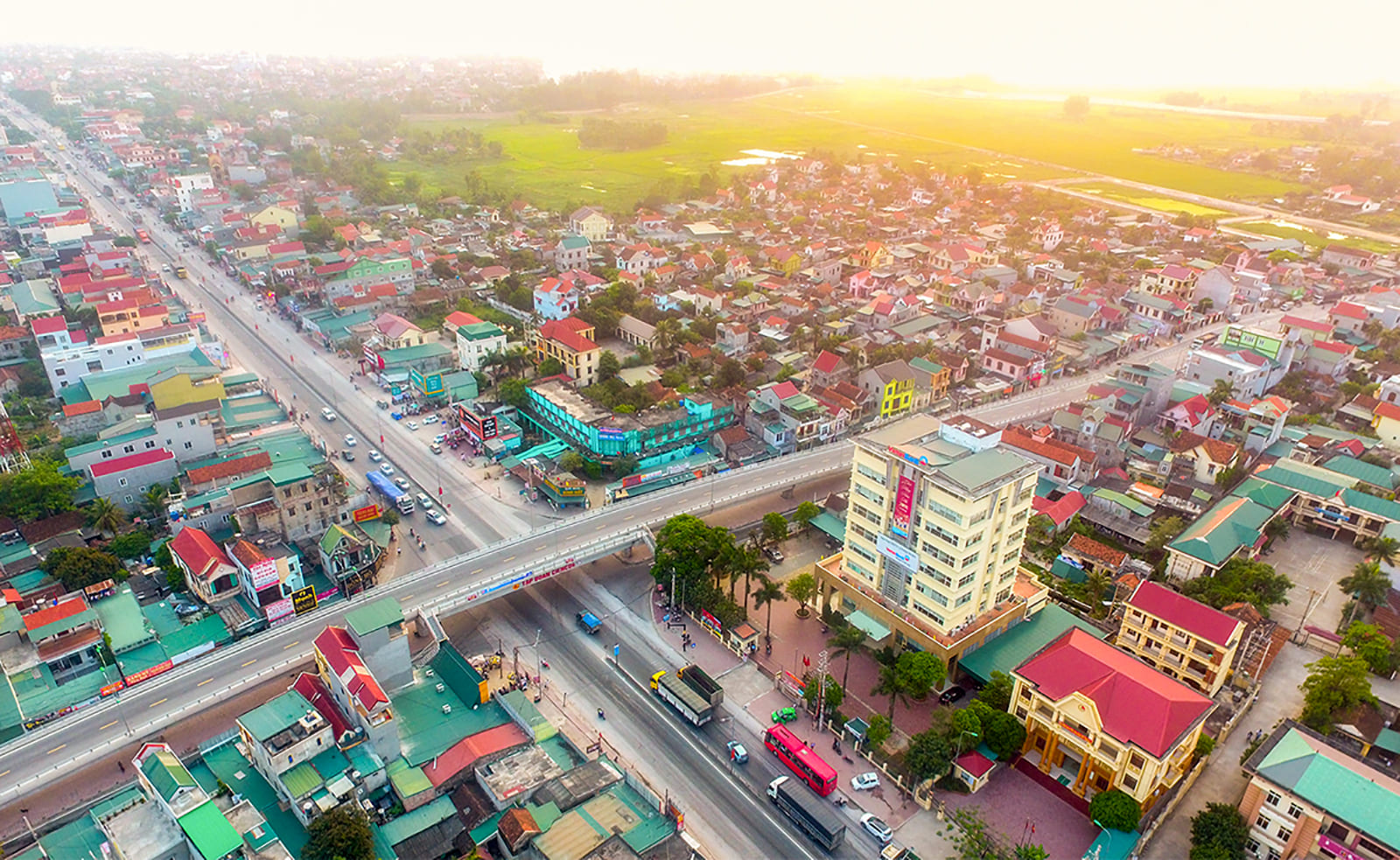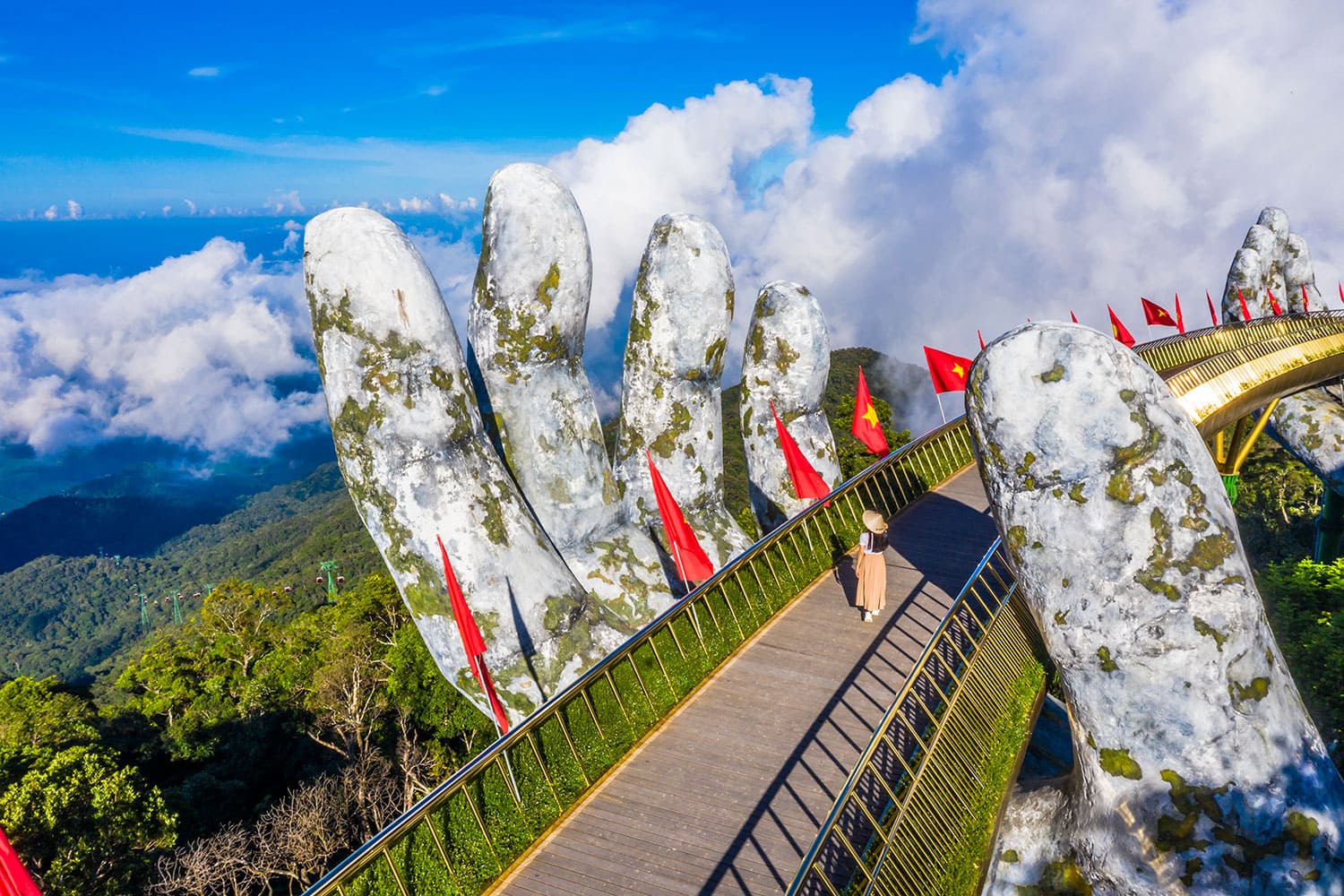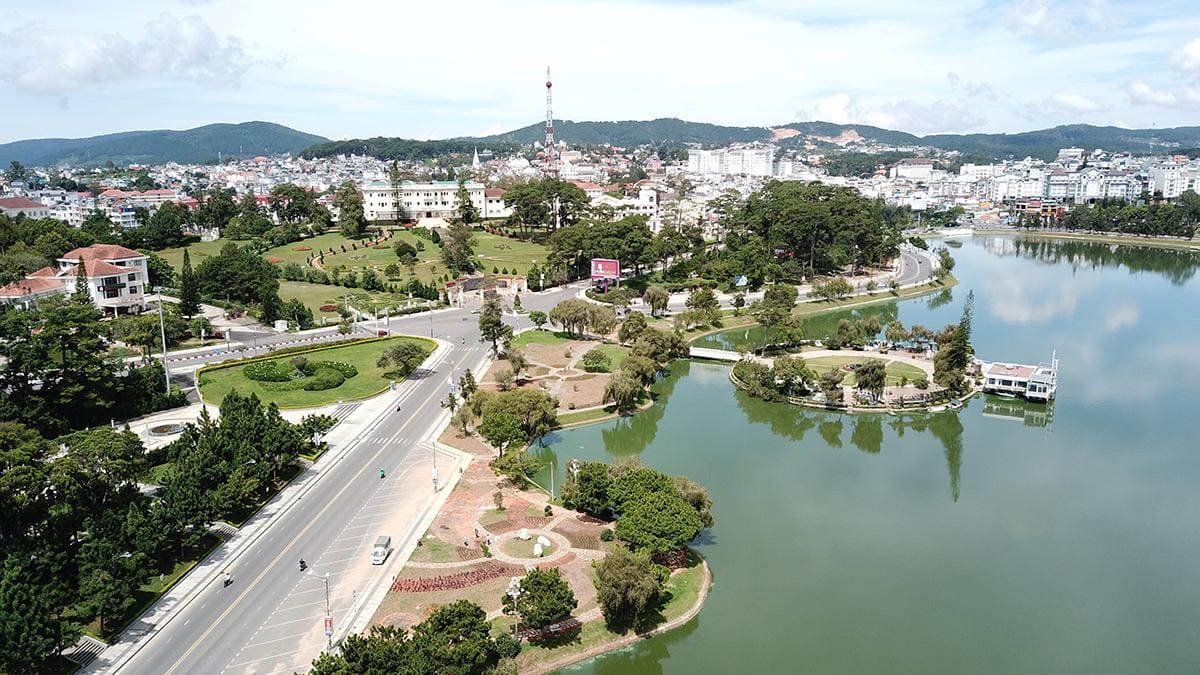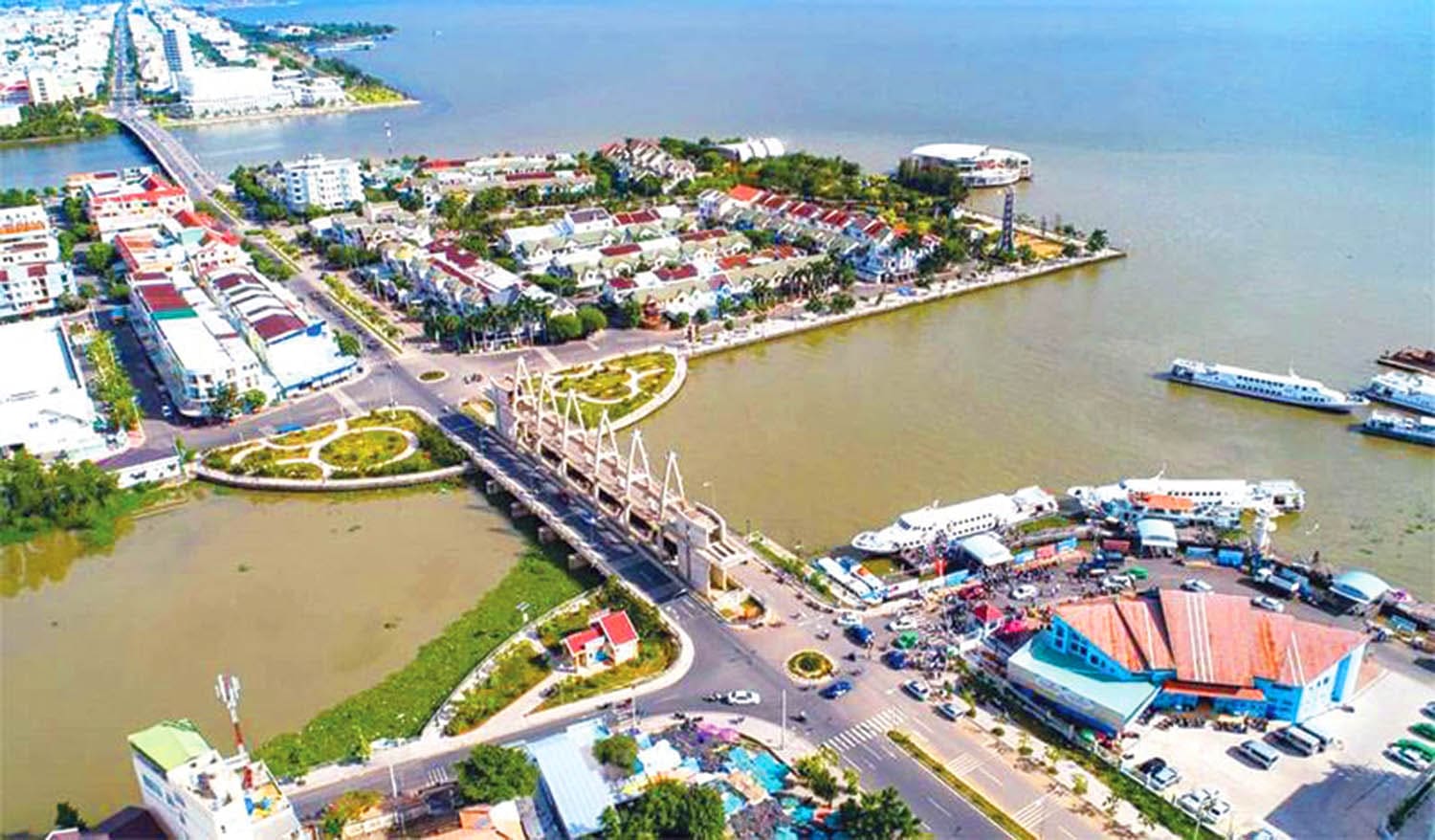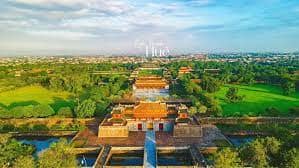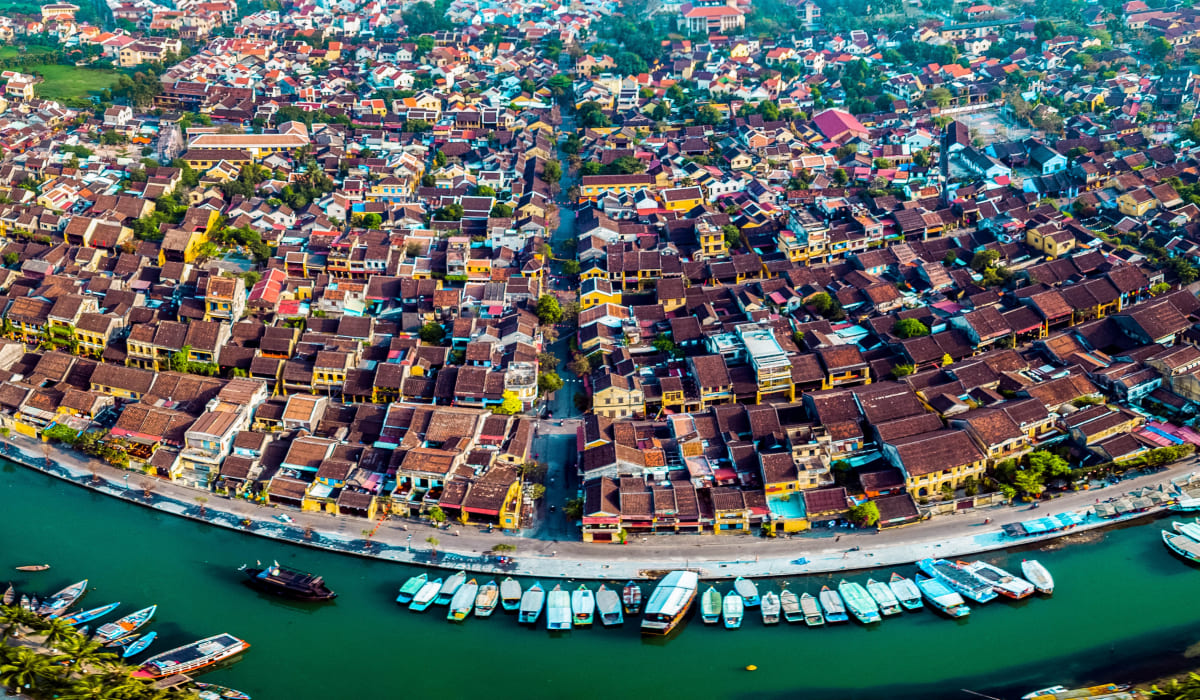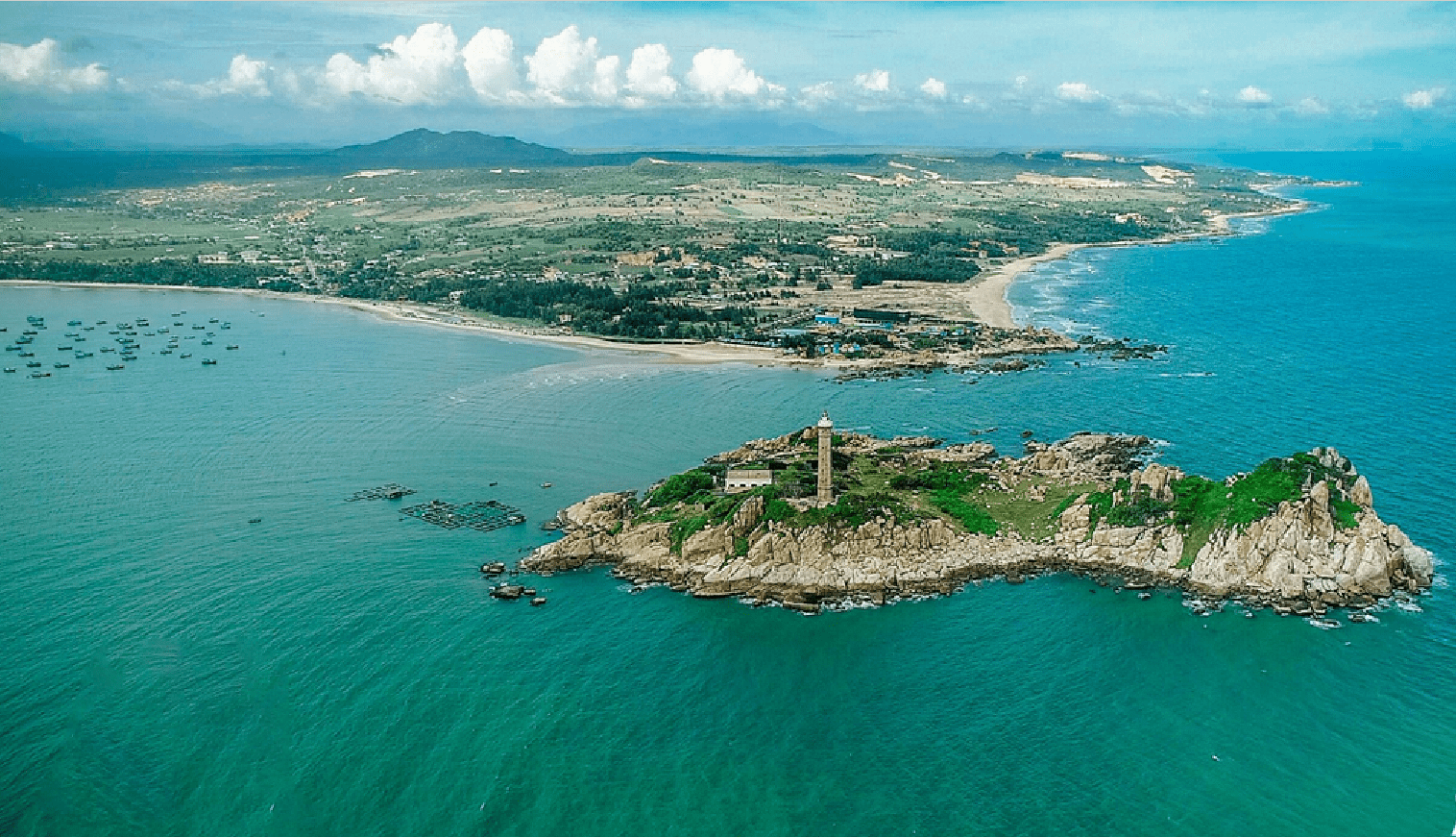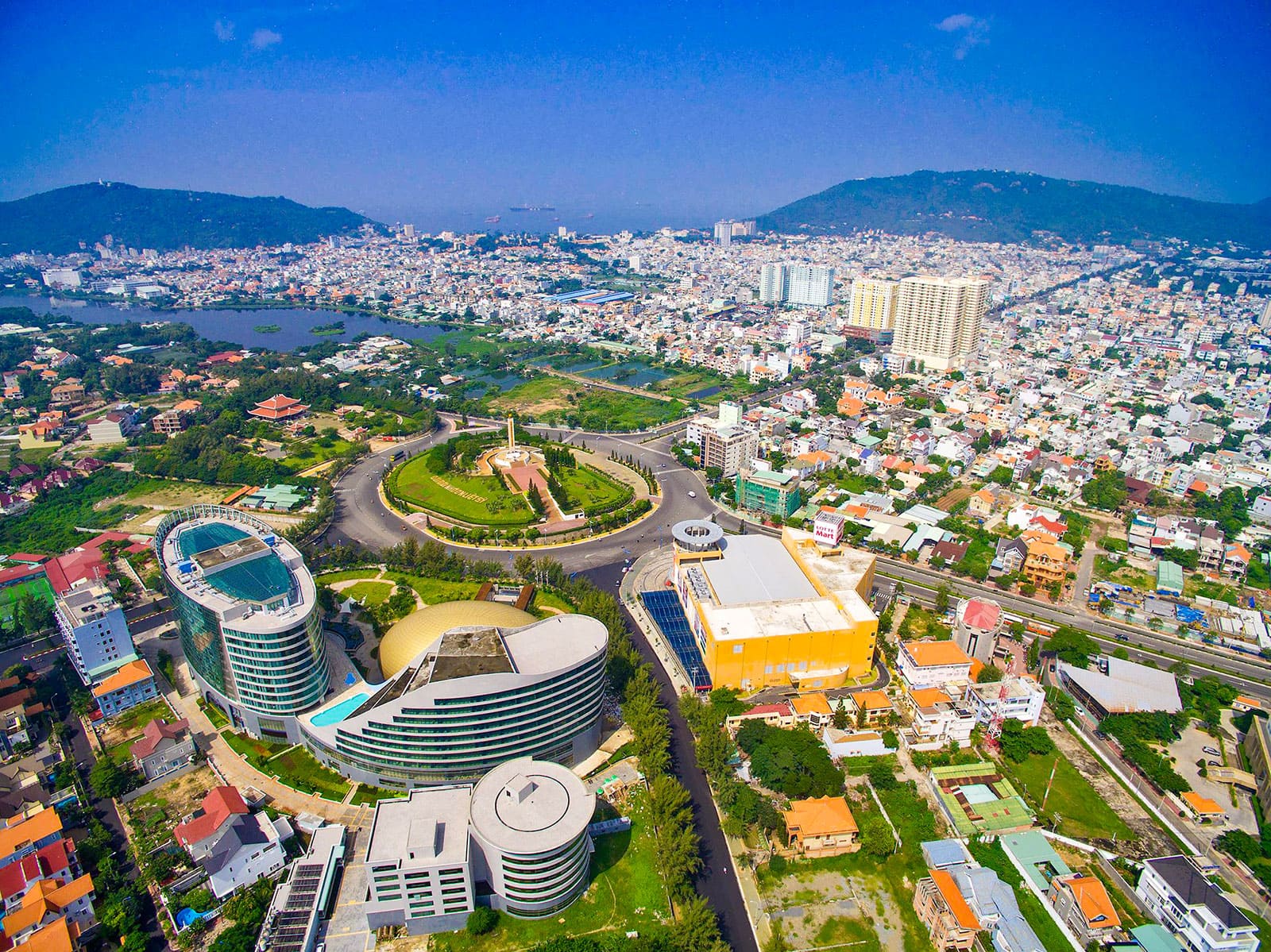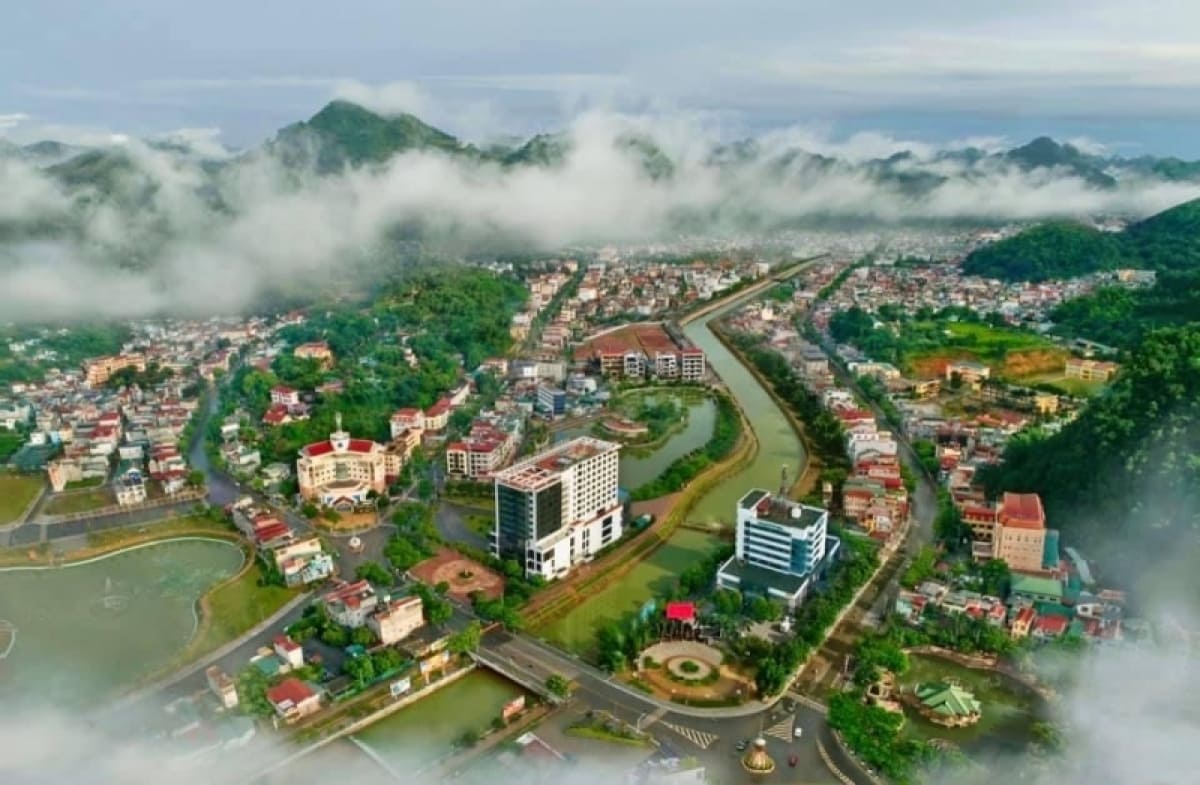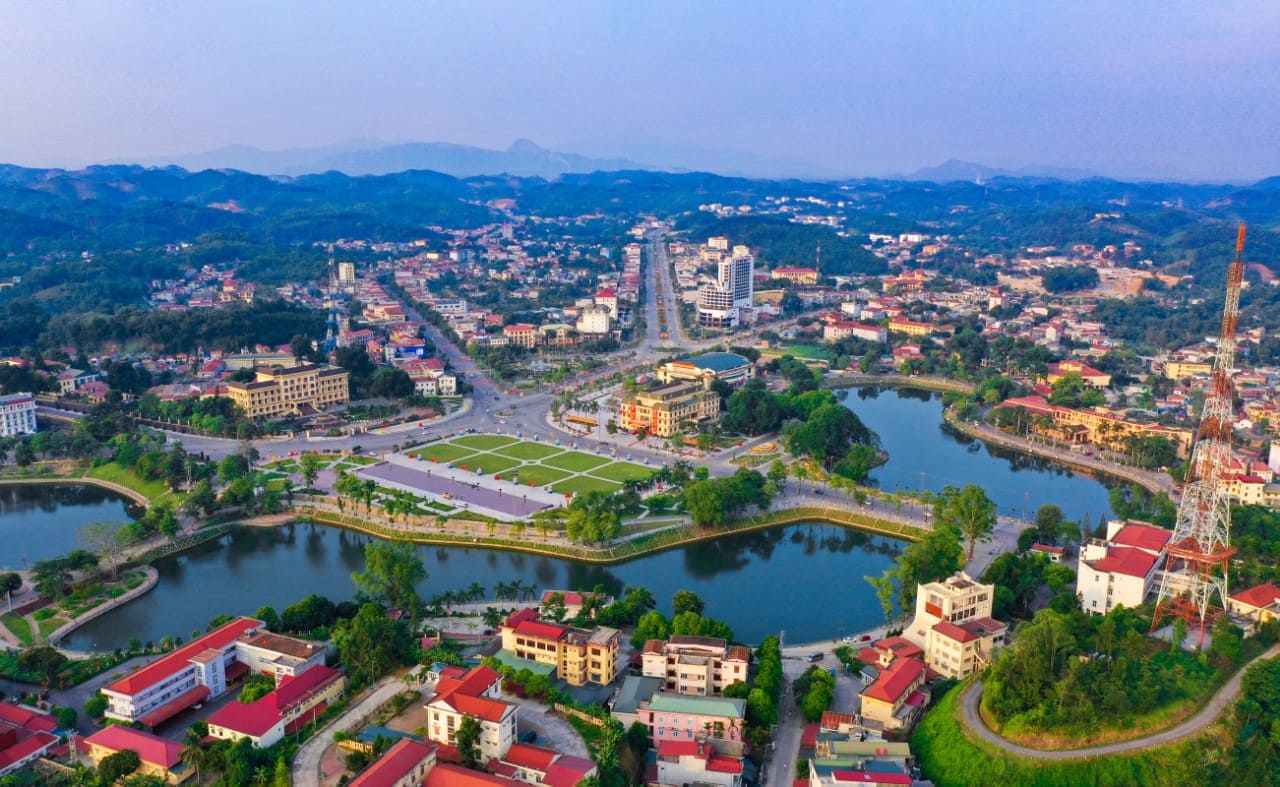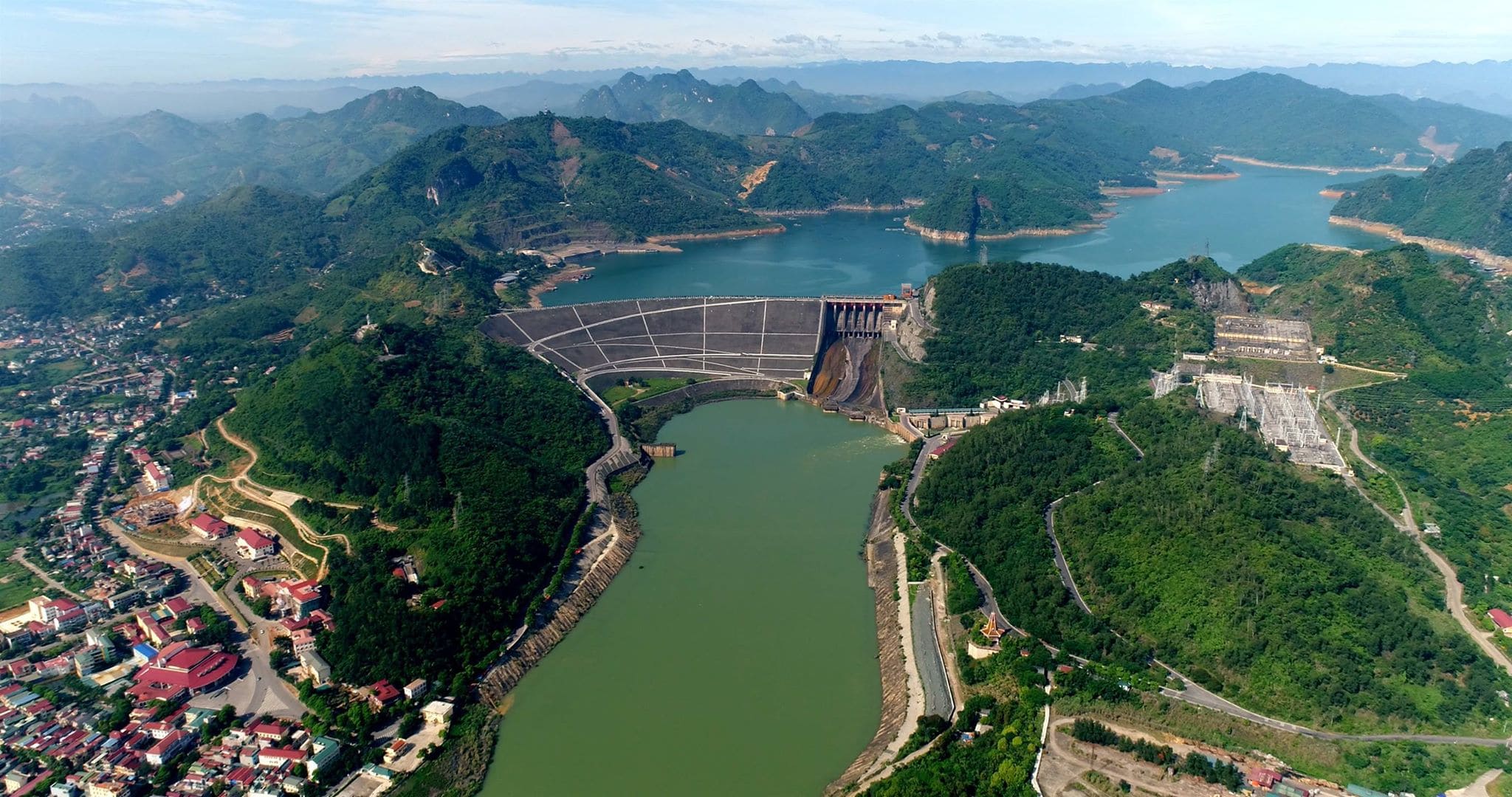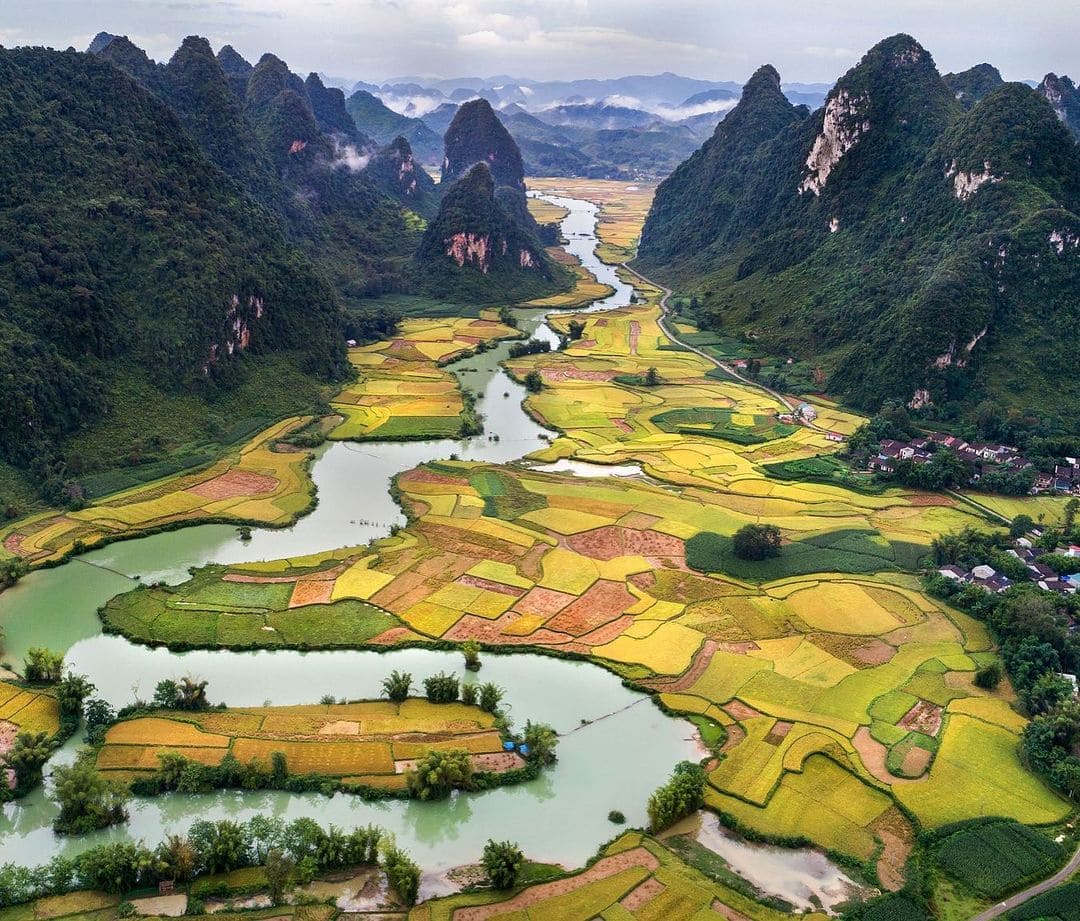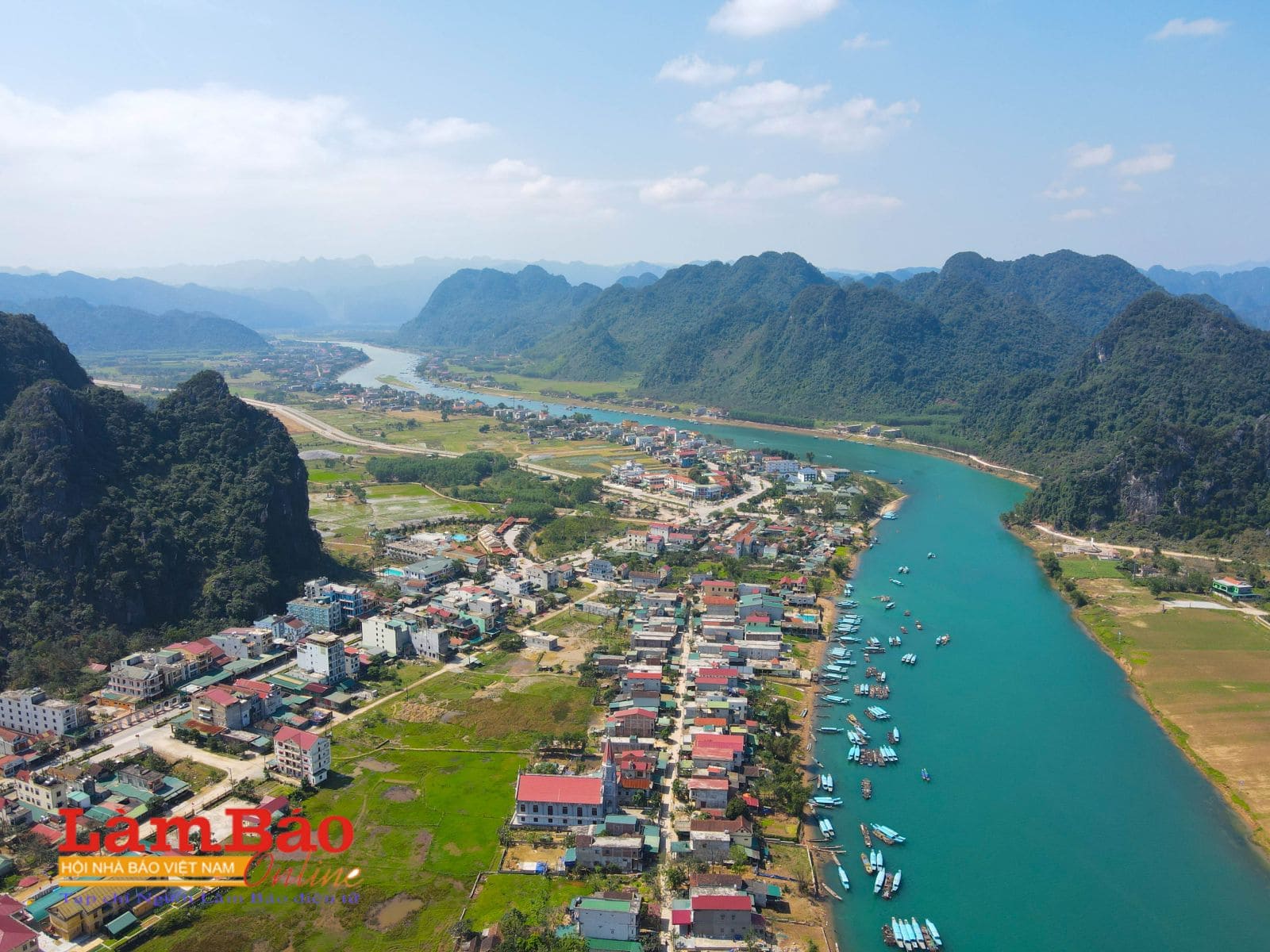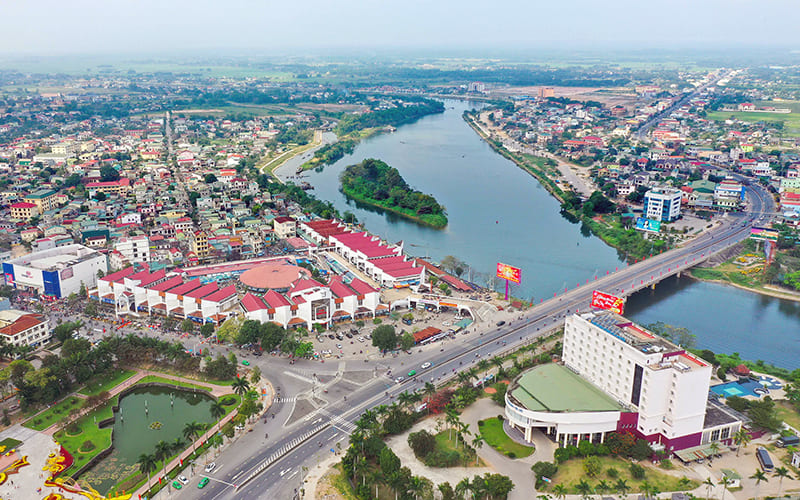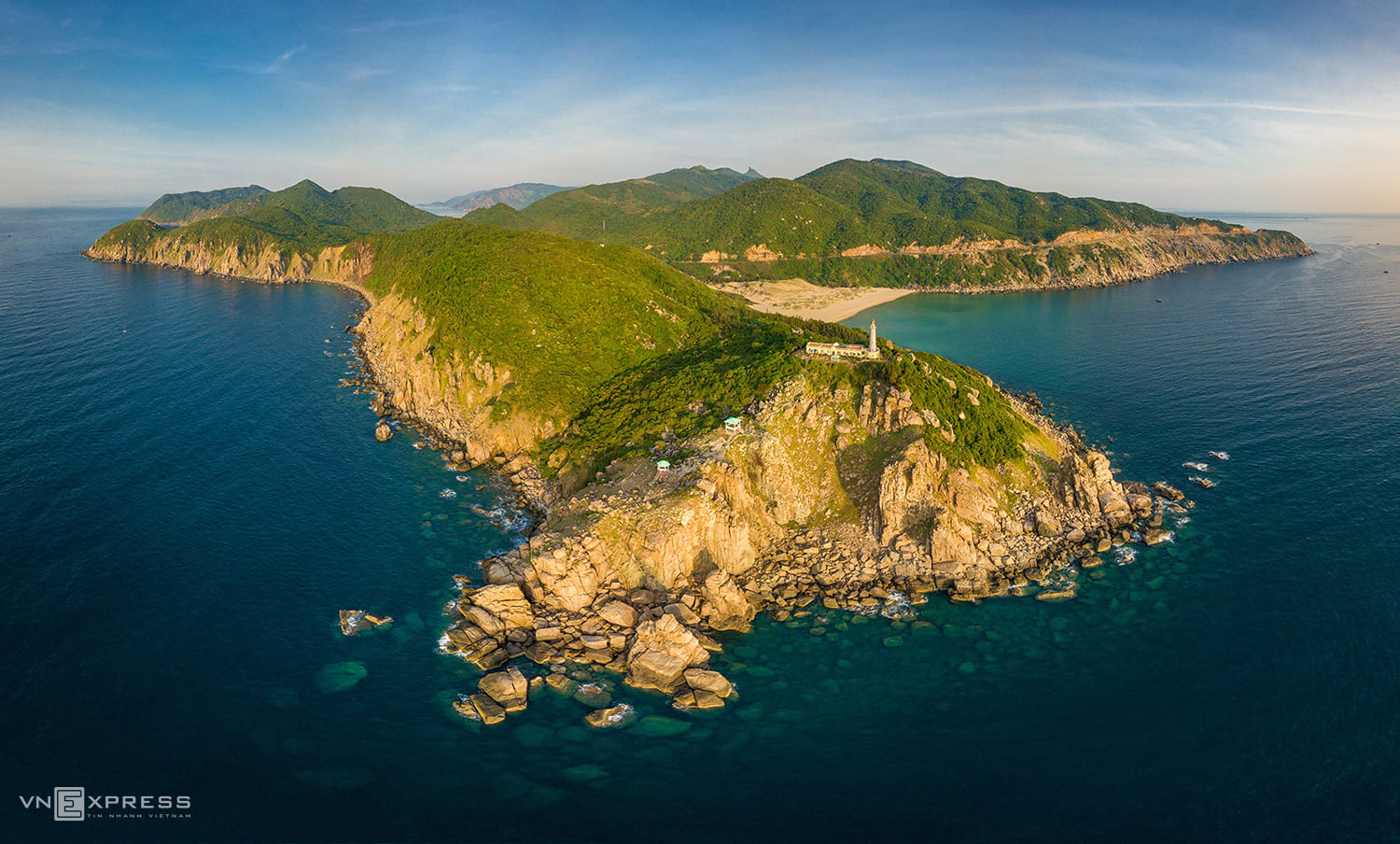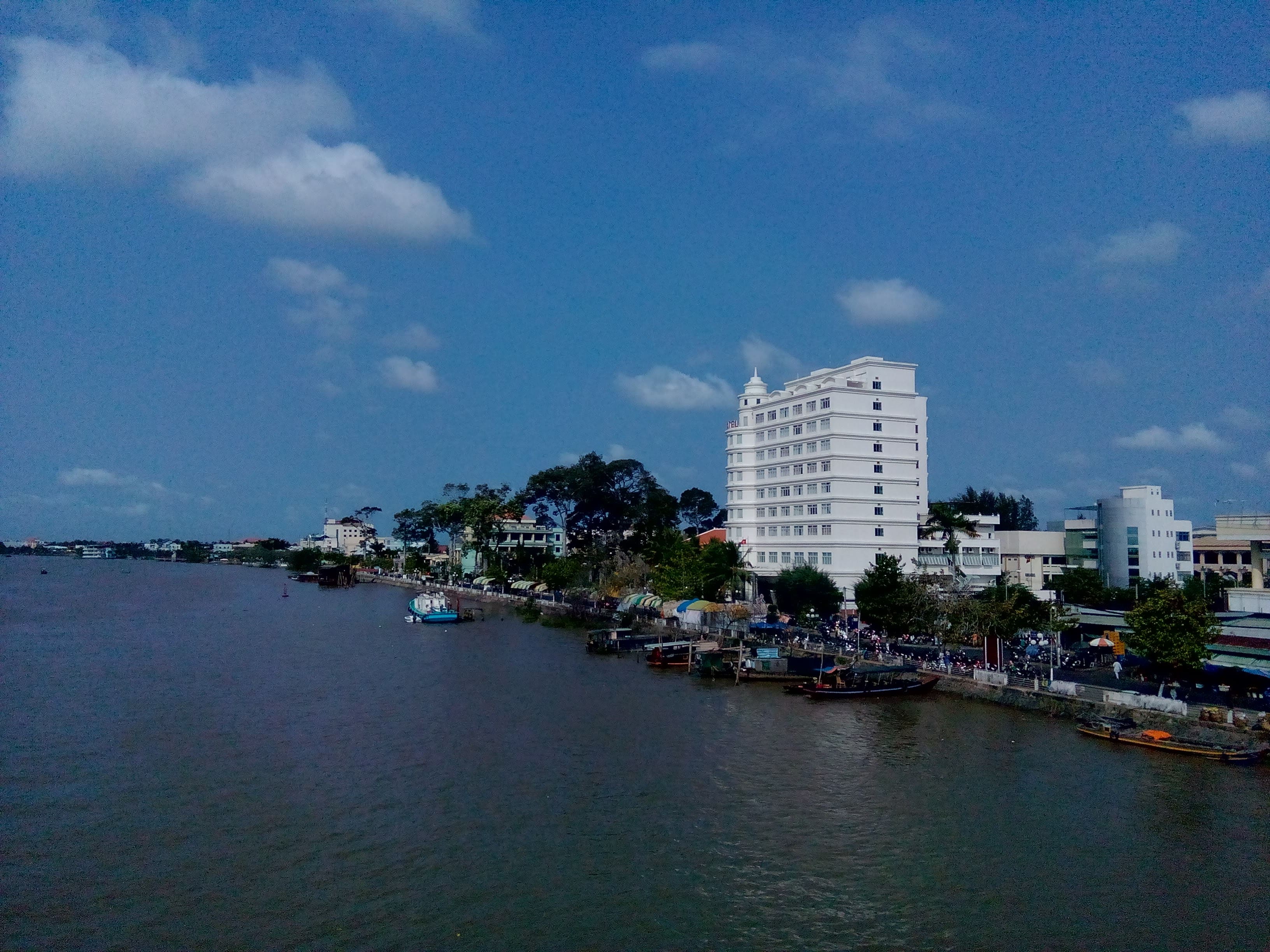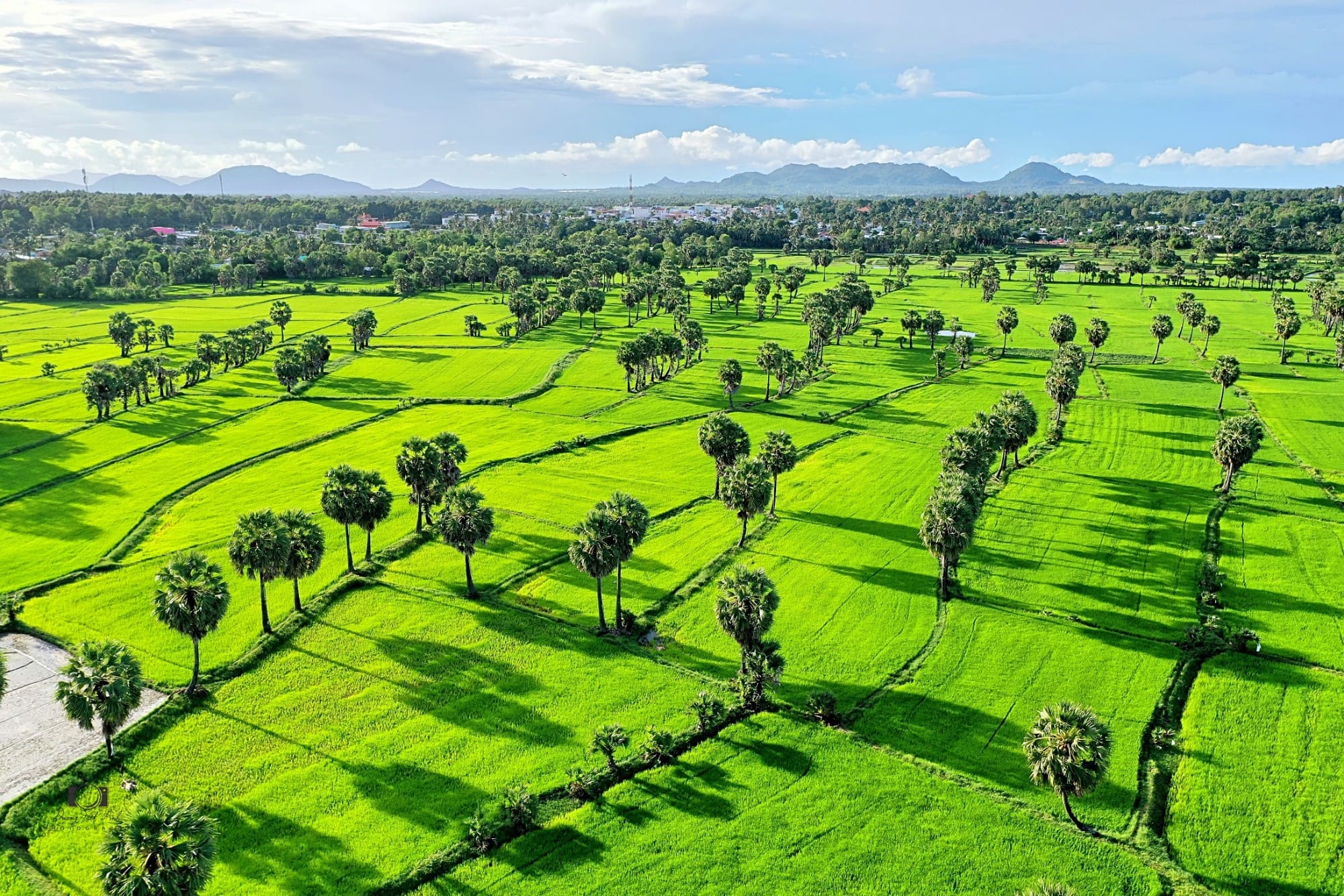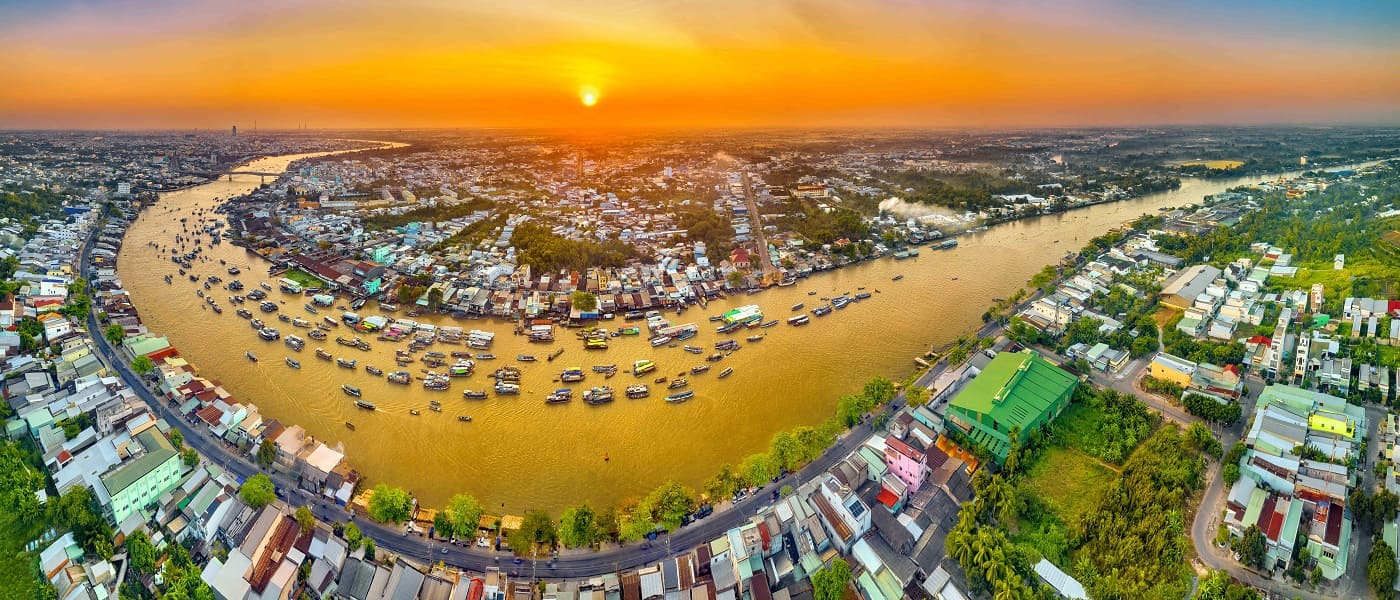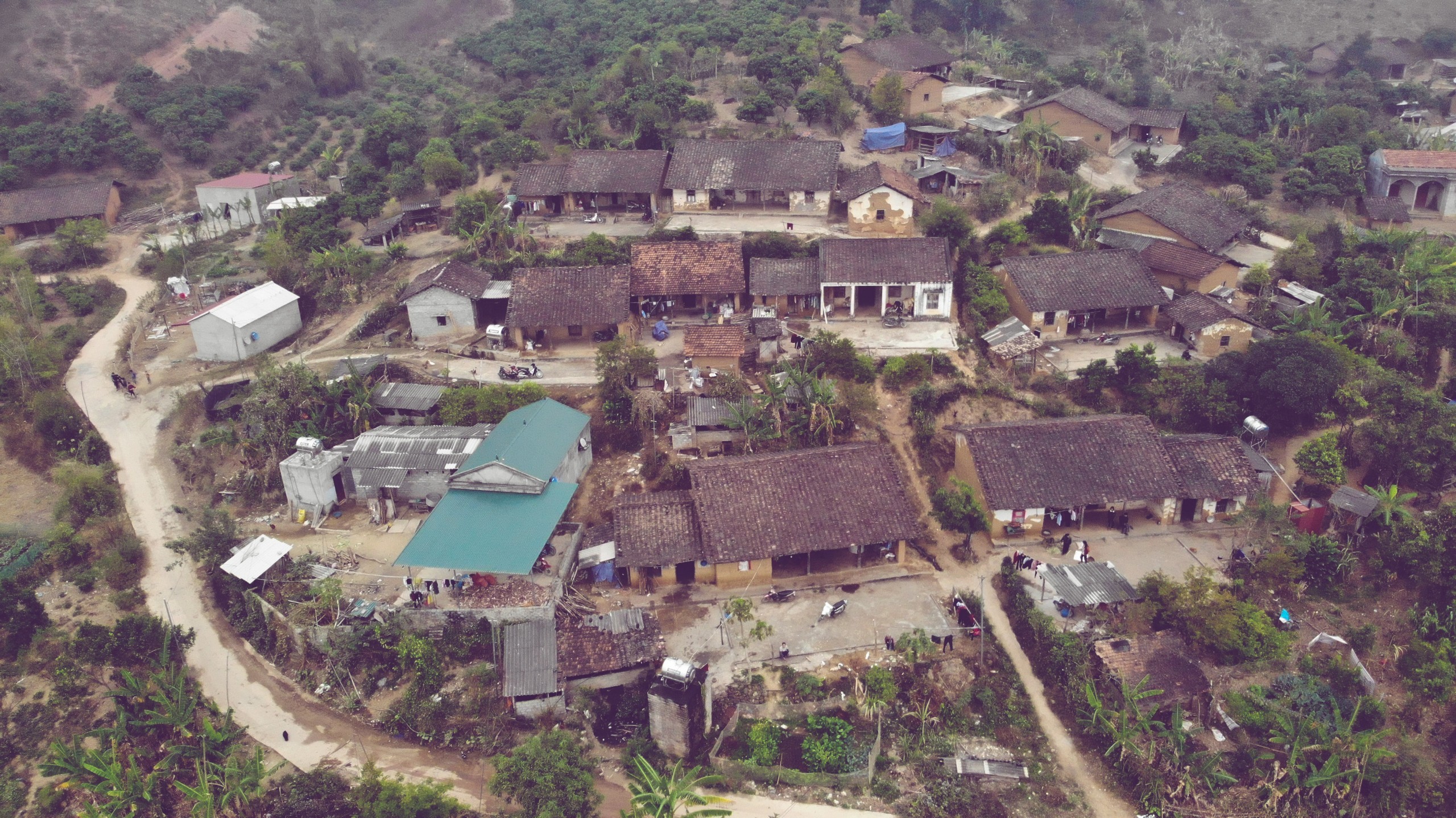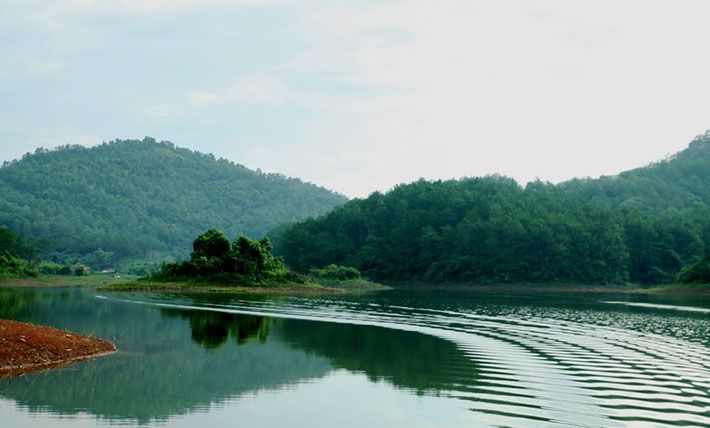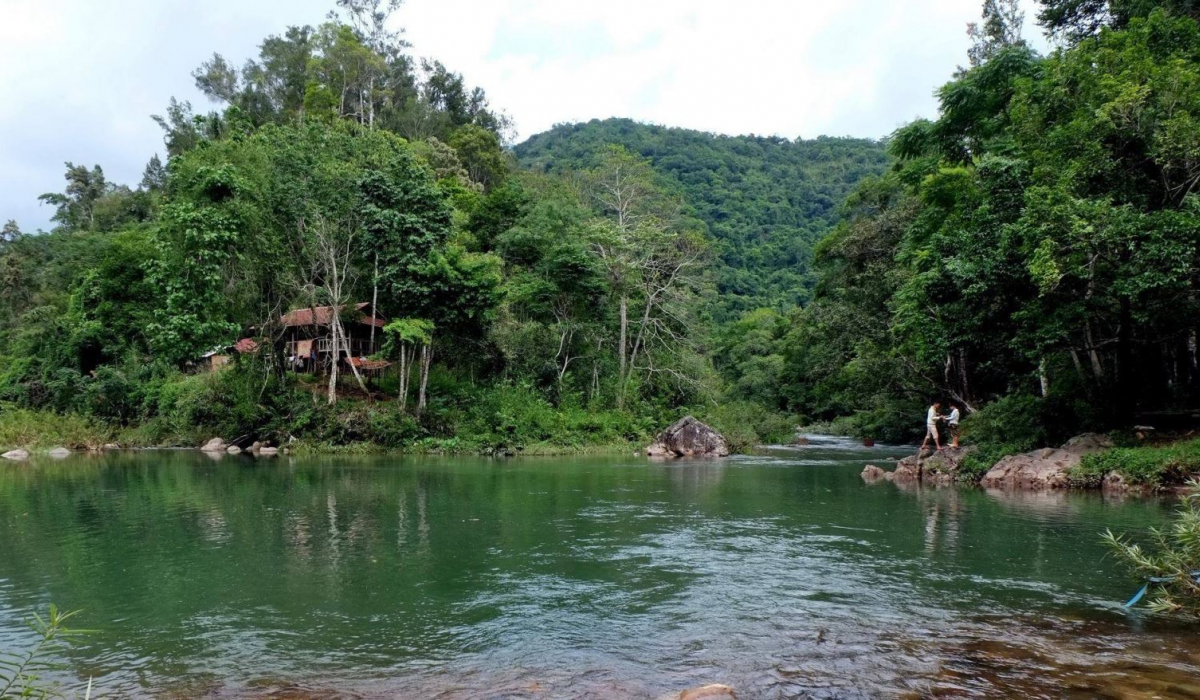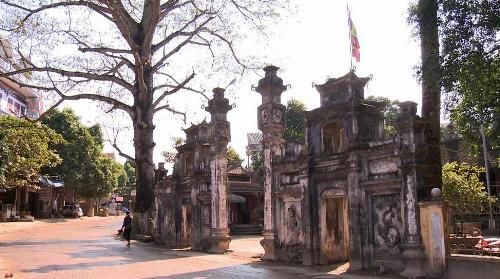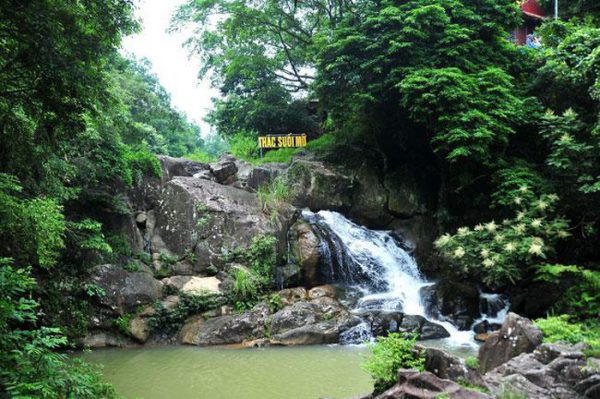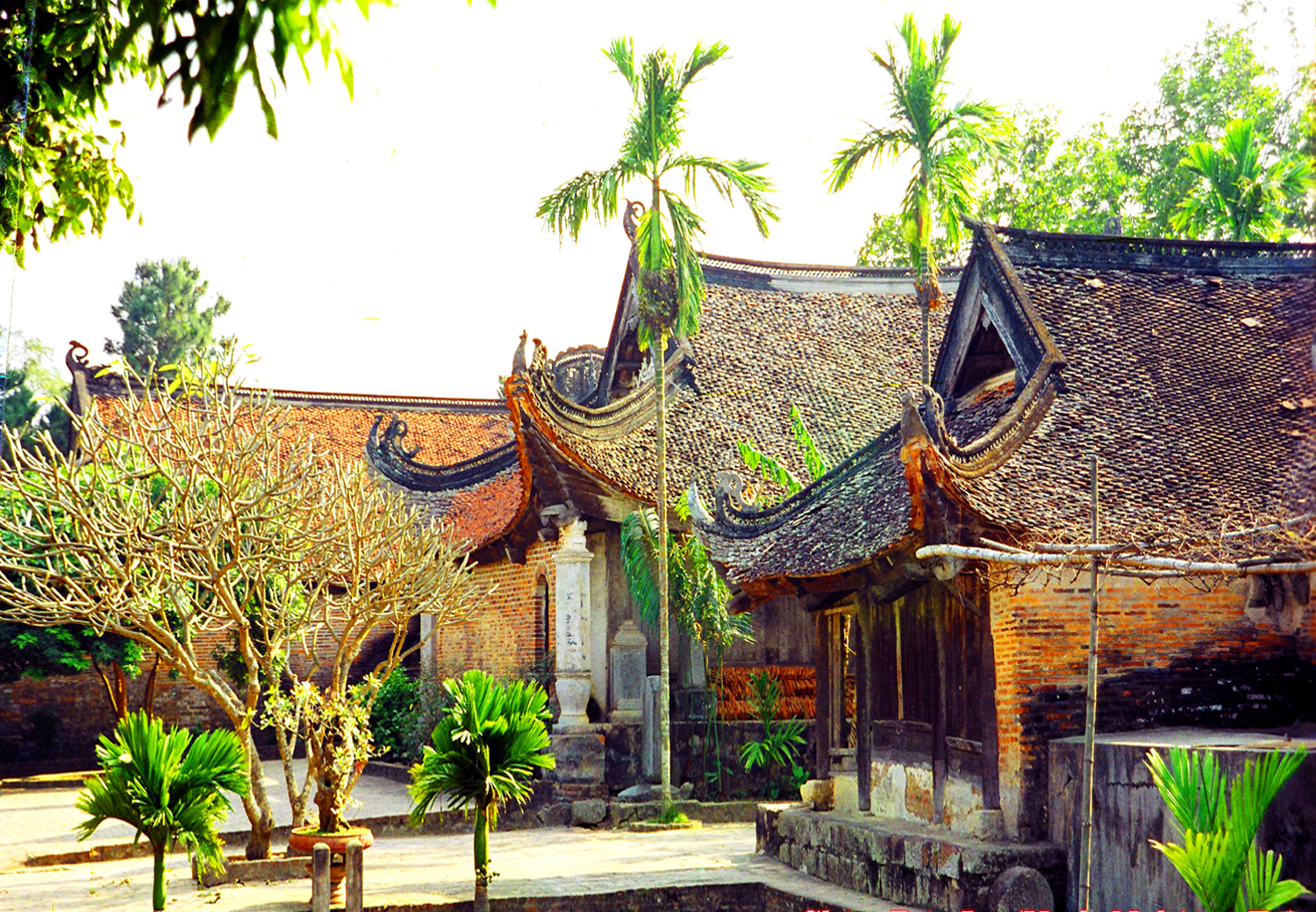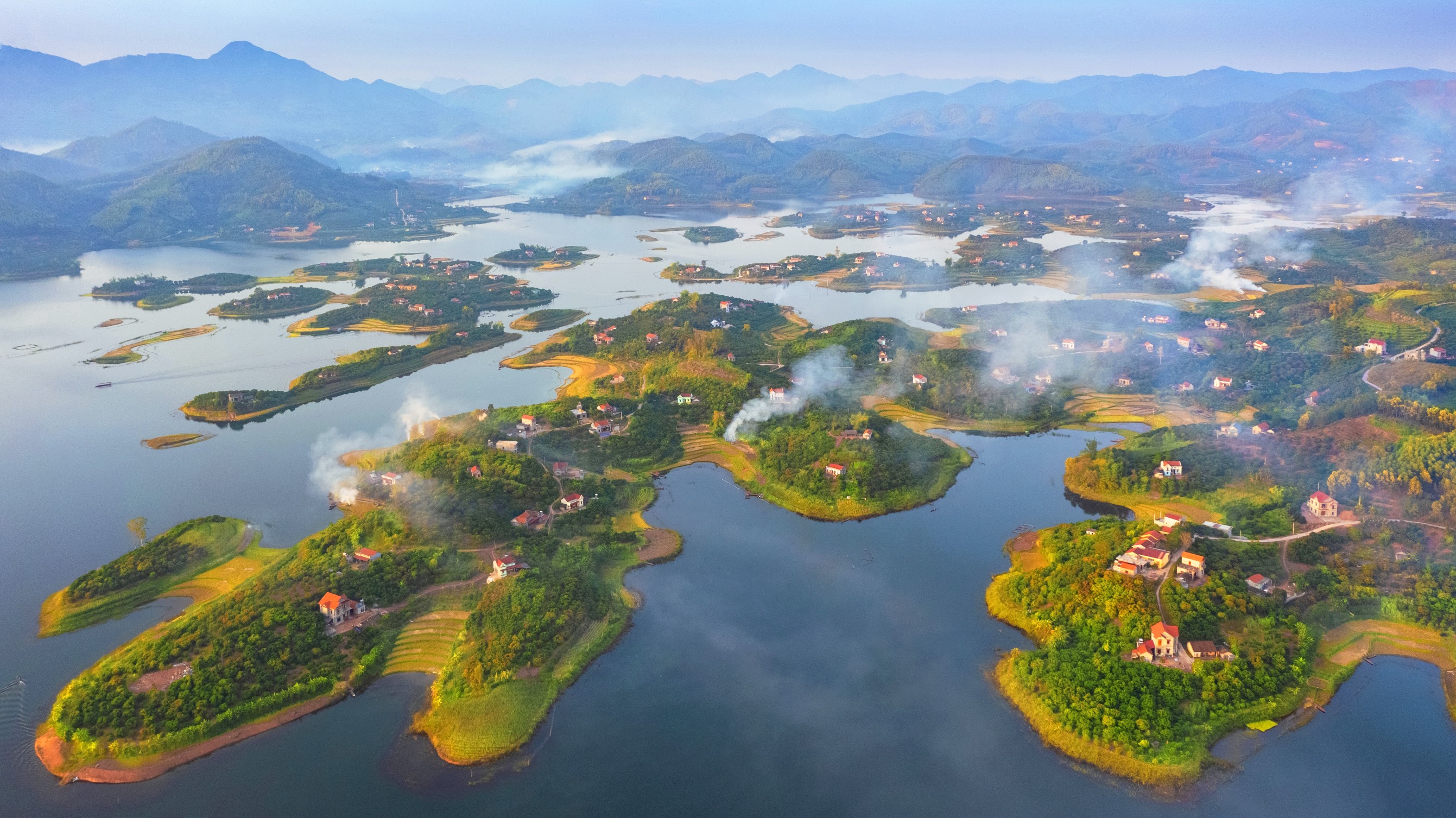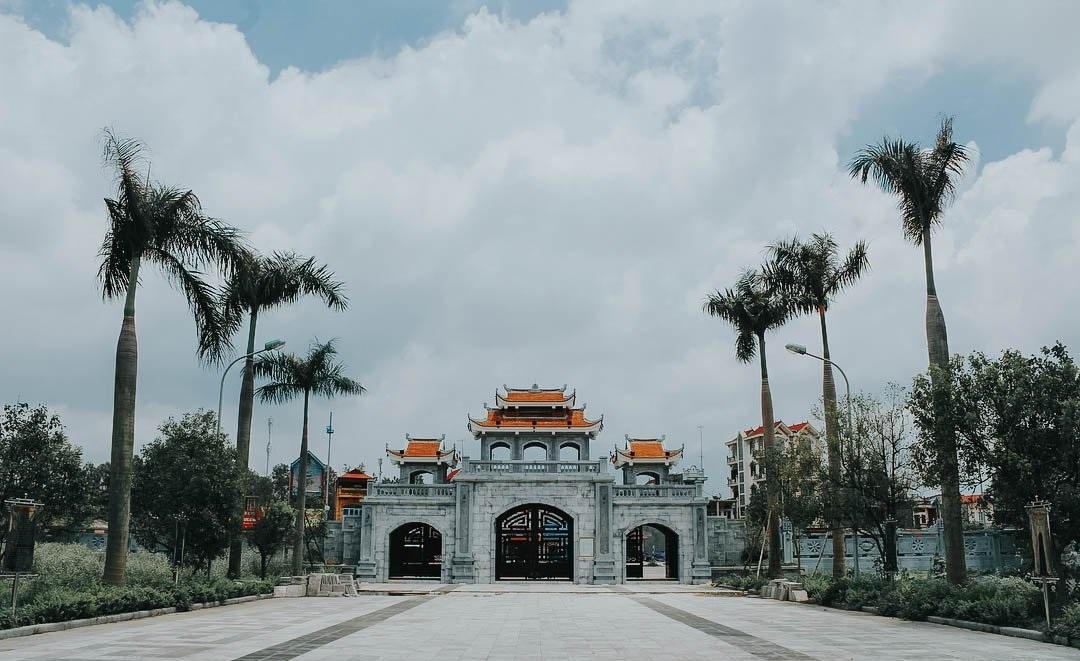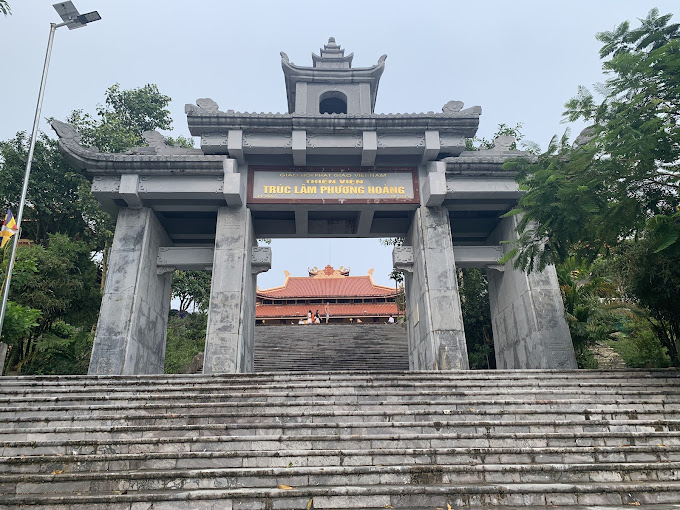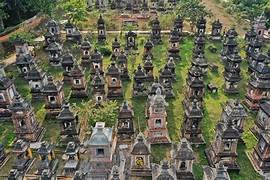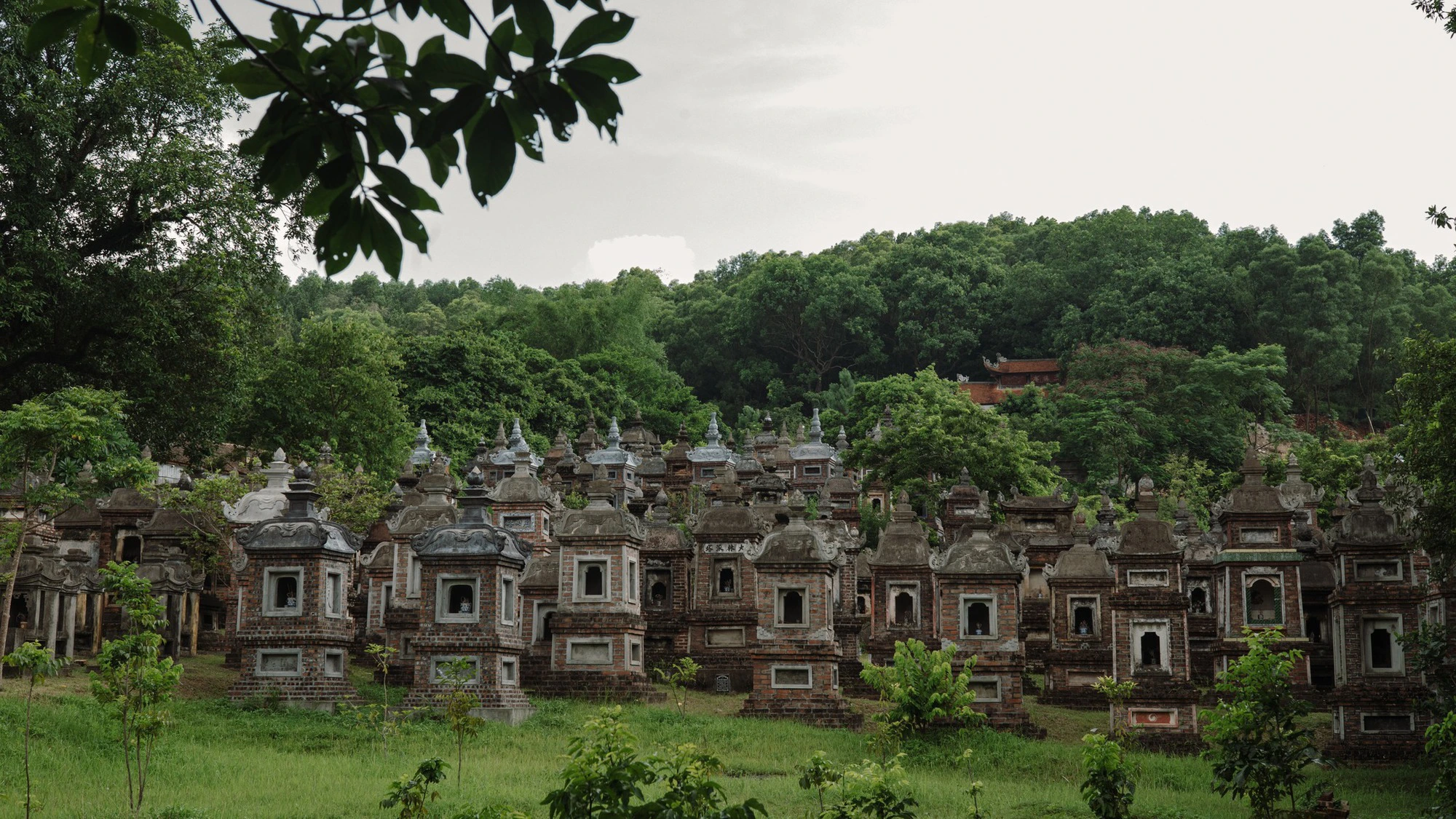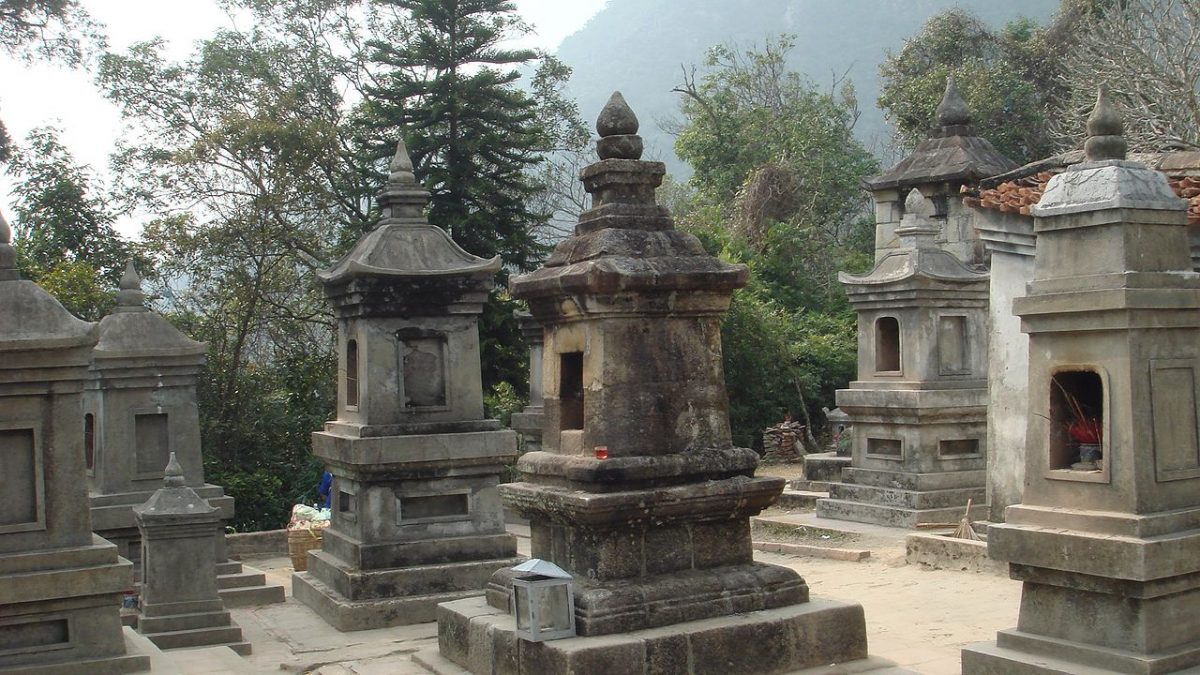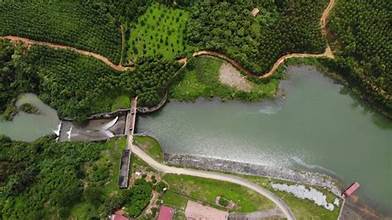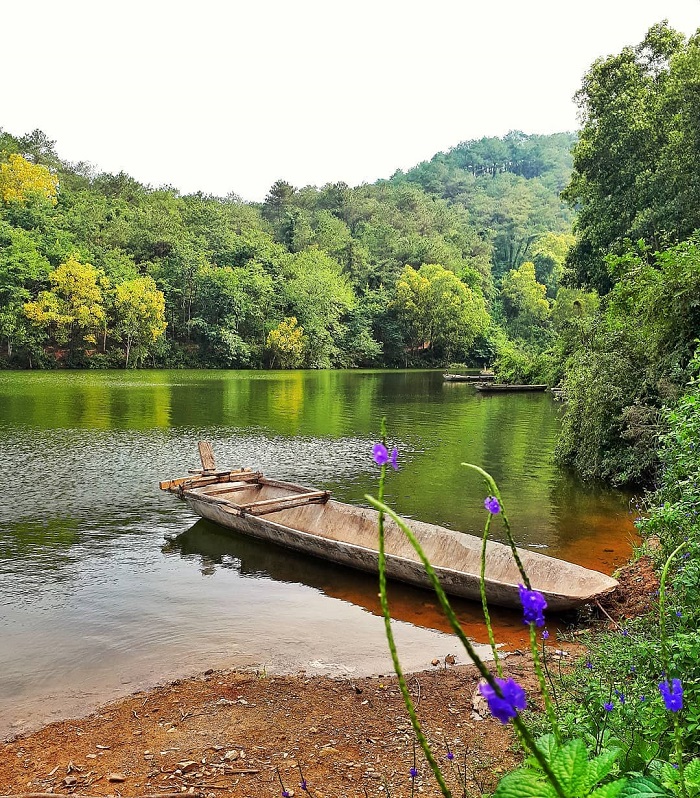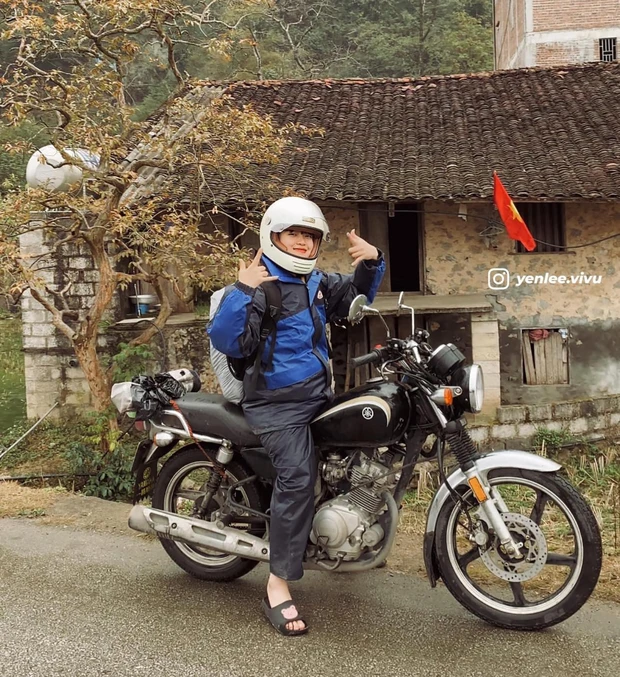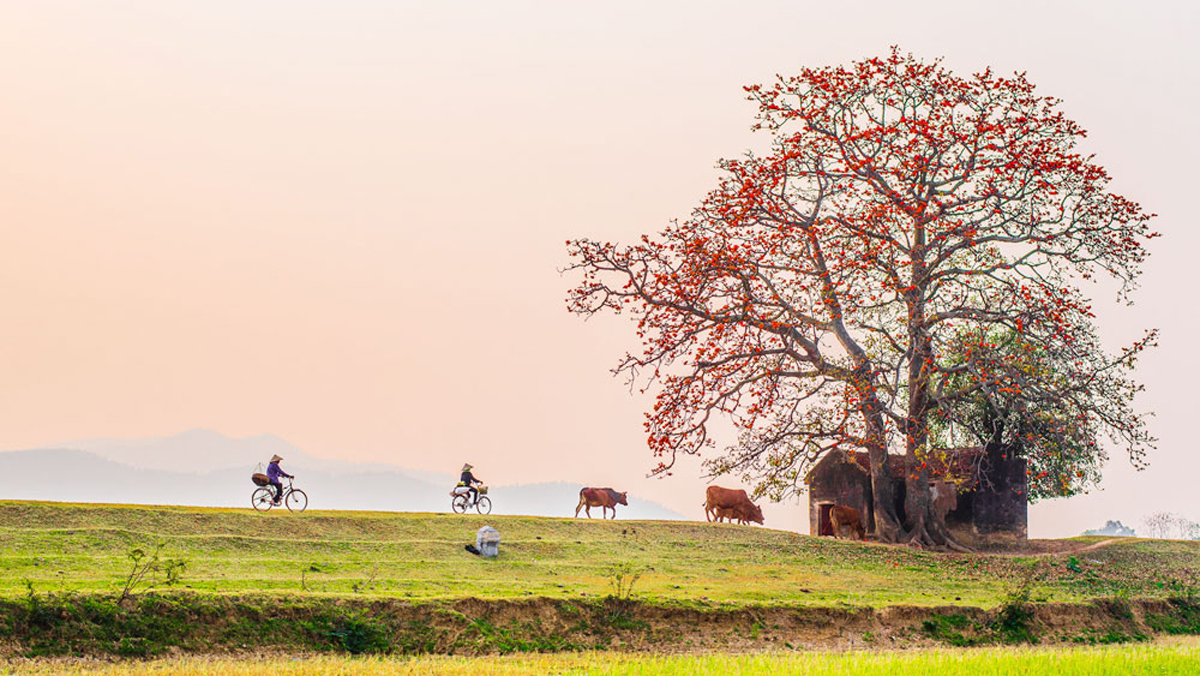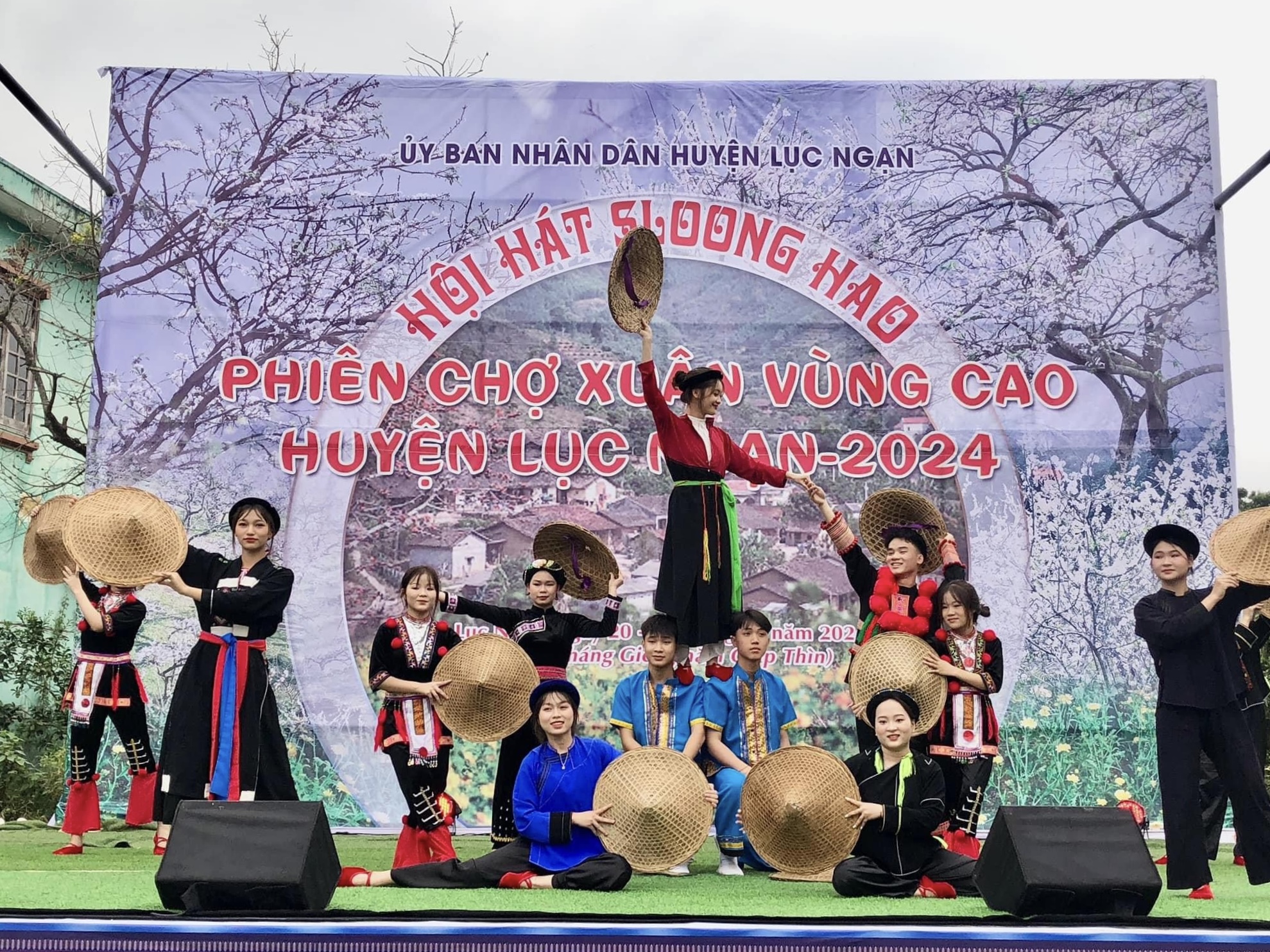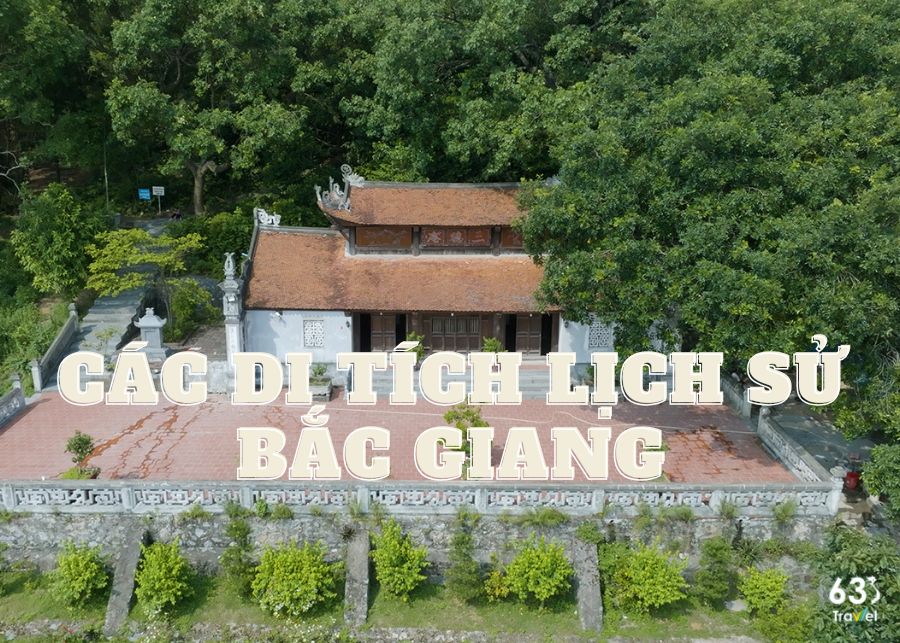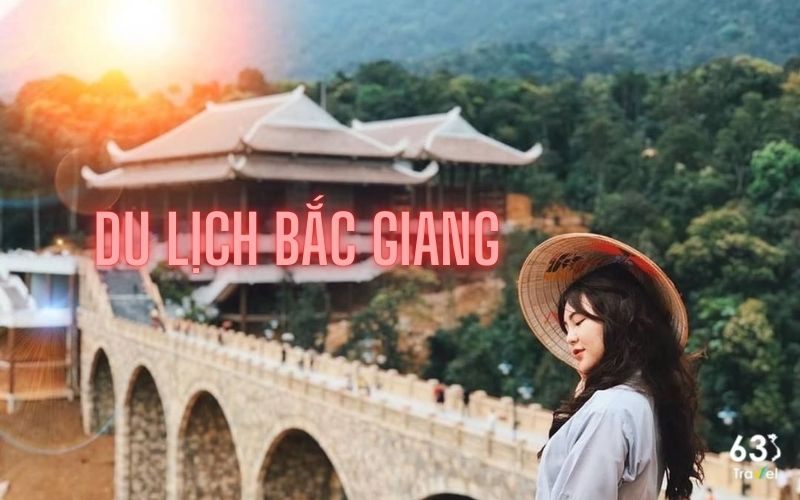Not only unique with the architecture of making houses made of soil, the ancient villages of Bac Hoa, Tan Son, Luc Ngan, Bac Giang are also famous for their beautiful scenery, hospitality... attracting tourists.
Not only unique with the architecture of making houses made of soil, the ancient villages of Bac Hoa, Tan Son, Luc Ngan, Bac Giang are also famous for their beautiful scenery, hospitality... attracting tourists.
Unique village of earthen houses
Having been introduced by many colleagues and friends for a long time, it was not until the early spring days of this year that we had the opportunity to visit Bac Hoa village, Tan Son commune, Luc Ngan, Bac Giang.
From the Commune People's Committee, after about 15 minutes by car, we arrived at the village center. In front of us are 17 houses made entirely of red soil, mixed with red gravel, located close together in the middle of the hillside, creating a close and friendly scene.
Along with that is the hospitality of the people, from young to old, male and female, everyone is willing to be a tour guide, enthusiastically introducing the highlights and uniqueness of their homeland.
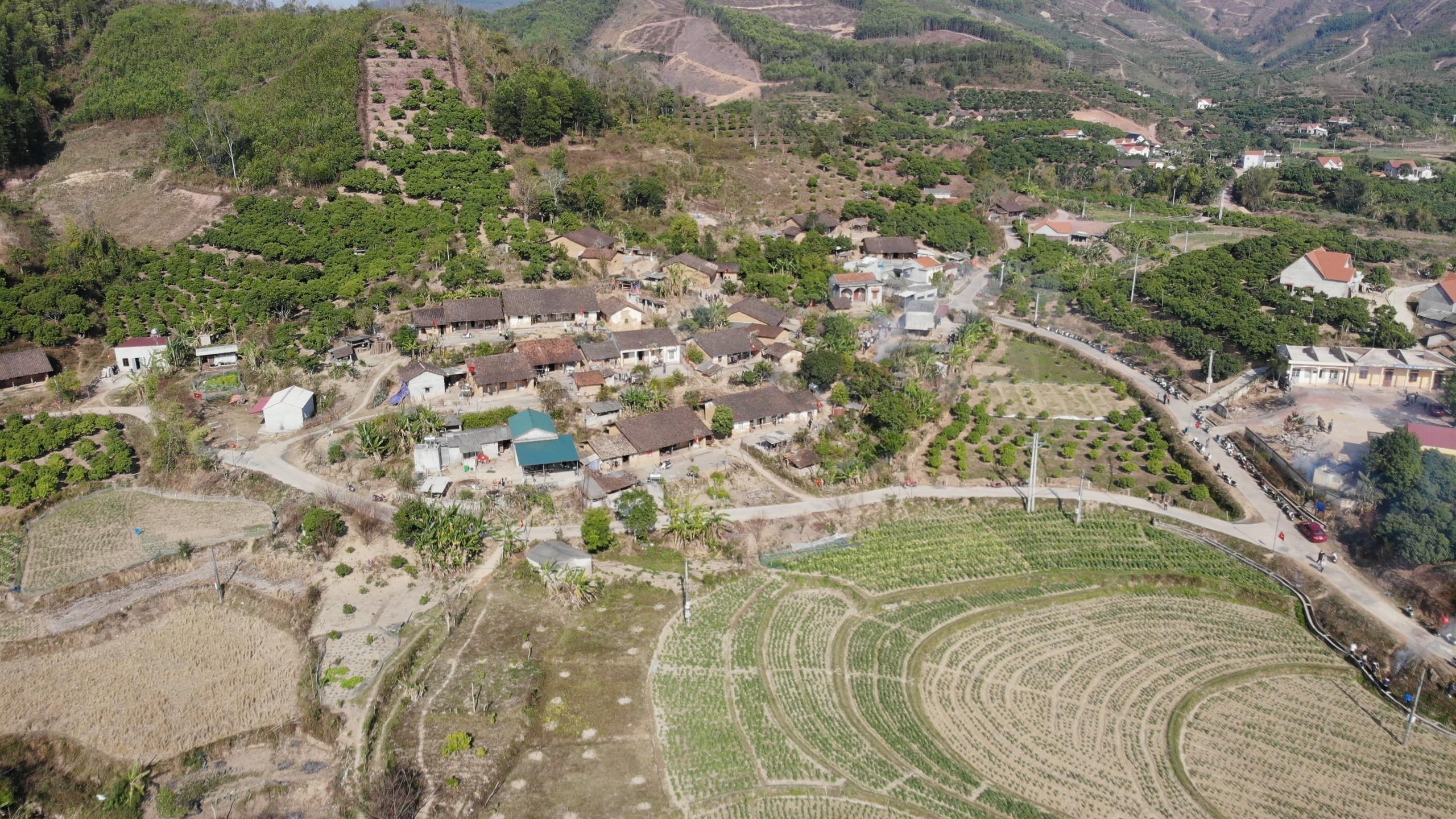
Panorama of ancient villages of Bac Hoa, Tan Son, Luc Ngan, Bac Giang from above.
Introducing her house made entirely of soil, Ms. Luong Thi Lan, 60 years old, said that the house was built by my husband and I when we first got married nearly 40 years ago but is still intact.
At that time, according to village convention, whichever household built a house, the whole village came to help. Accordingly, if the village has more than 100 households, each household sends one person to help for 2-3 days. The rest were family members, relatives, and neighbors who came to help build the house.
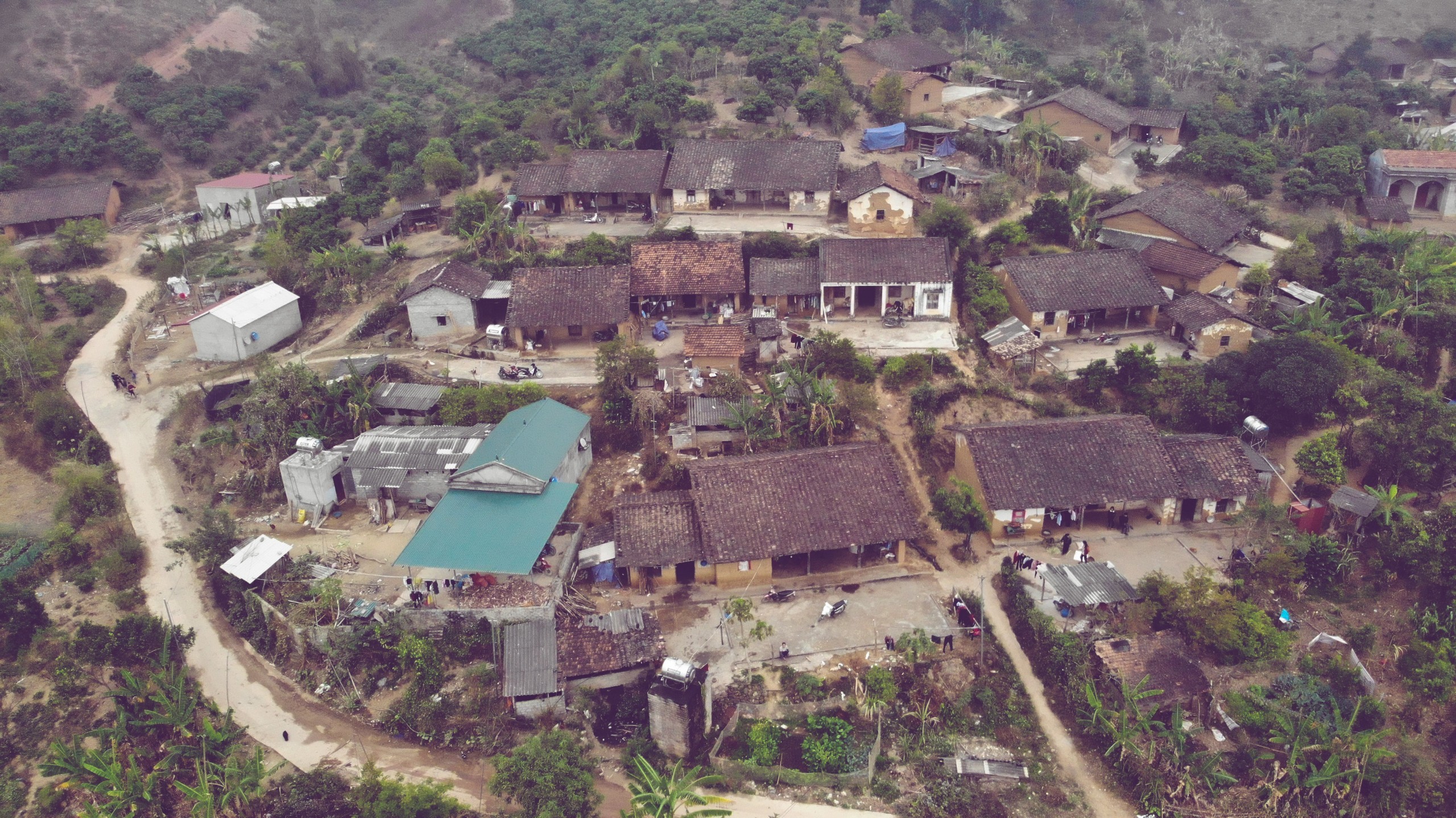
Unique village with 17 houses with mud walls and yin-yang tile roofs located close together.
While making tea for guests, Ms. Lan said: At that time, house building was completely done according to the teachings and experiences passed down from the elders in the village. To facilitate the construction of the house, we assigned people to a large hill with few rocks to dig the soil and then mix it with spring water to make the soil smooth. After that, the soil will be put into a wooden mold that has been pinned on the wall of the house in a certain ratio, then everyone will use a wooden pestle to compact each layer on top of each other. The molds continue one after another until the frame and wall of the house are formed. Therefore, the house is made entirely of soil without having to build a foundation or using any columns or trusses.
"Thanks to this house, I have raised 6 children, now they are all married and have their own lives," Ms. Lan said.
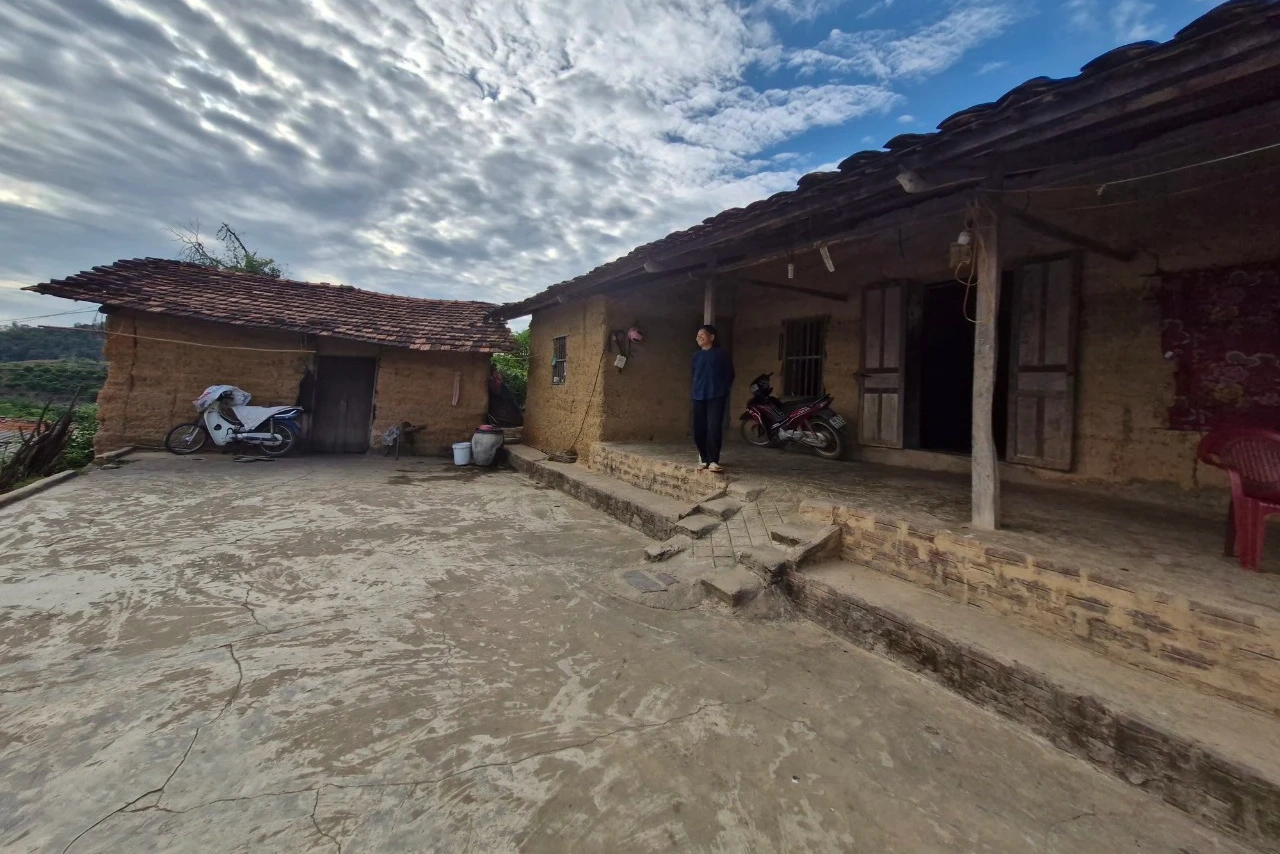
The houses were built decades ago, using materials made entirely of hill soil, available locally.
Knowing that we were guests from afar visiting the village, Mr. Hoan Van Quan, 46 years old, kindly invited us to visit his home. With an excited face and a generous, hospitable voice, he said that in 2008, at that time, he had just gotten married, had two more children, and was living with his parents. The old three-room house his parents left behind, although not yet degraded, was quite cramped, so his family decided to build a new, larger and more beautiful house.
At that time, many people came to introduce modern and beautiful house models, but his family still decided to build a house with mud walls to preserve the unique cultural beauty of their people.
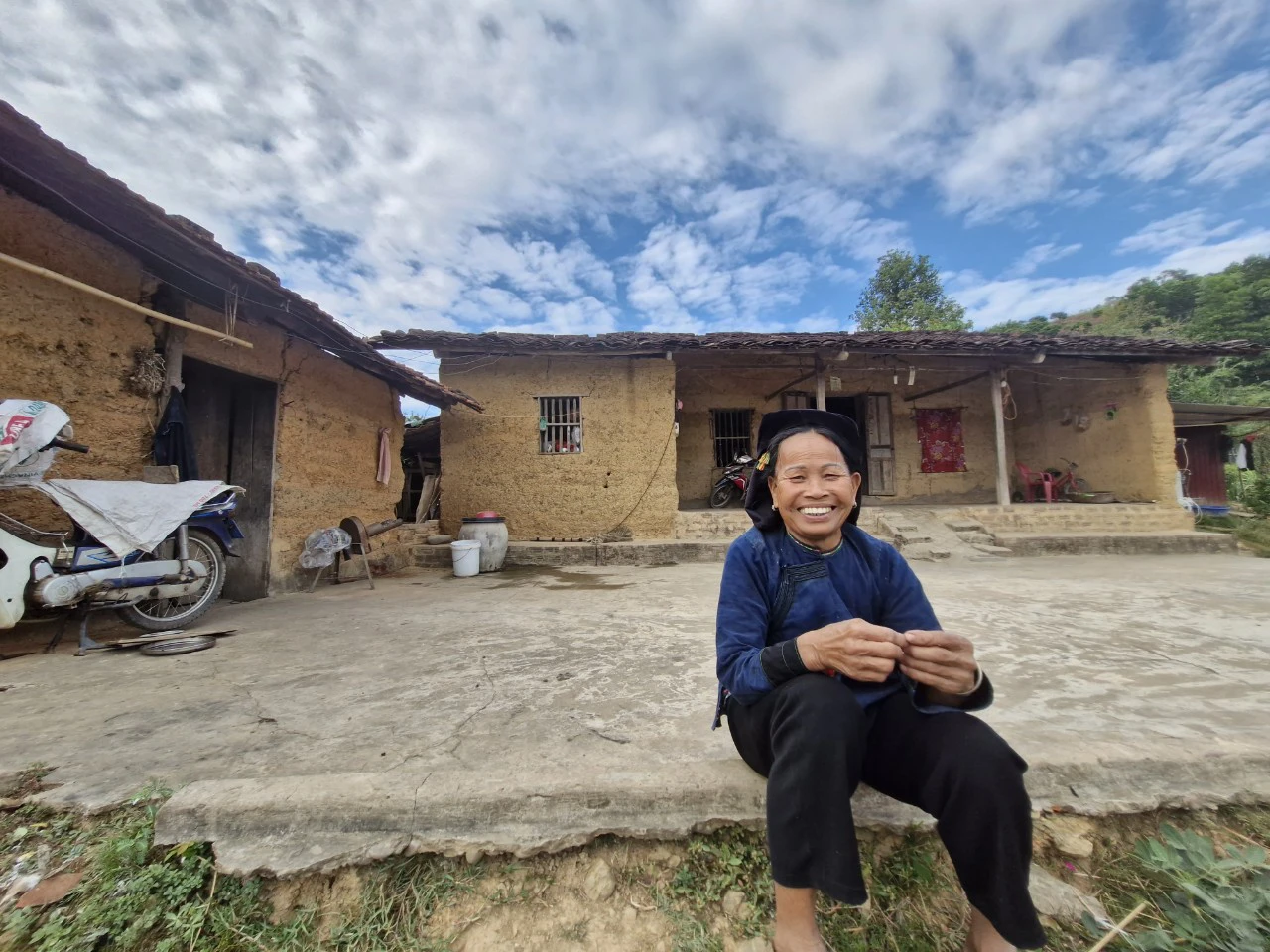
Ms. Luong Thi Lan, 60 years old, beamed next to her family's house built of dirt more than 40 years ago.
"I have also visited many modern houses, but none can compare to the earthen wall houses of our Nung ethnic people.
The house's walls are 40-60cm wide, 3.8 to 5m high, 4 compartments wide, roofed with yin and yang fish scale tiles to help ensure cool summer and cozy winter. Moreover, the house is sturdy, you only have to spend time building it once and you can live in it for the rest of your life without having to worry about painting or repairing anything.
At that time, buying tiles was very difficult, so my family and other households used clay to shape the tiles themselves, then used dry grass and straw to burn the kiln continuously for 15 days and nights to have fish-scale tiles for the roof," said Mr. Hoang Van Quan excitedly told.
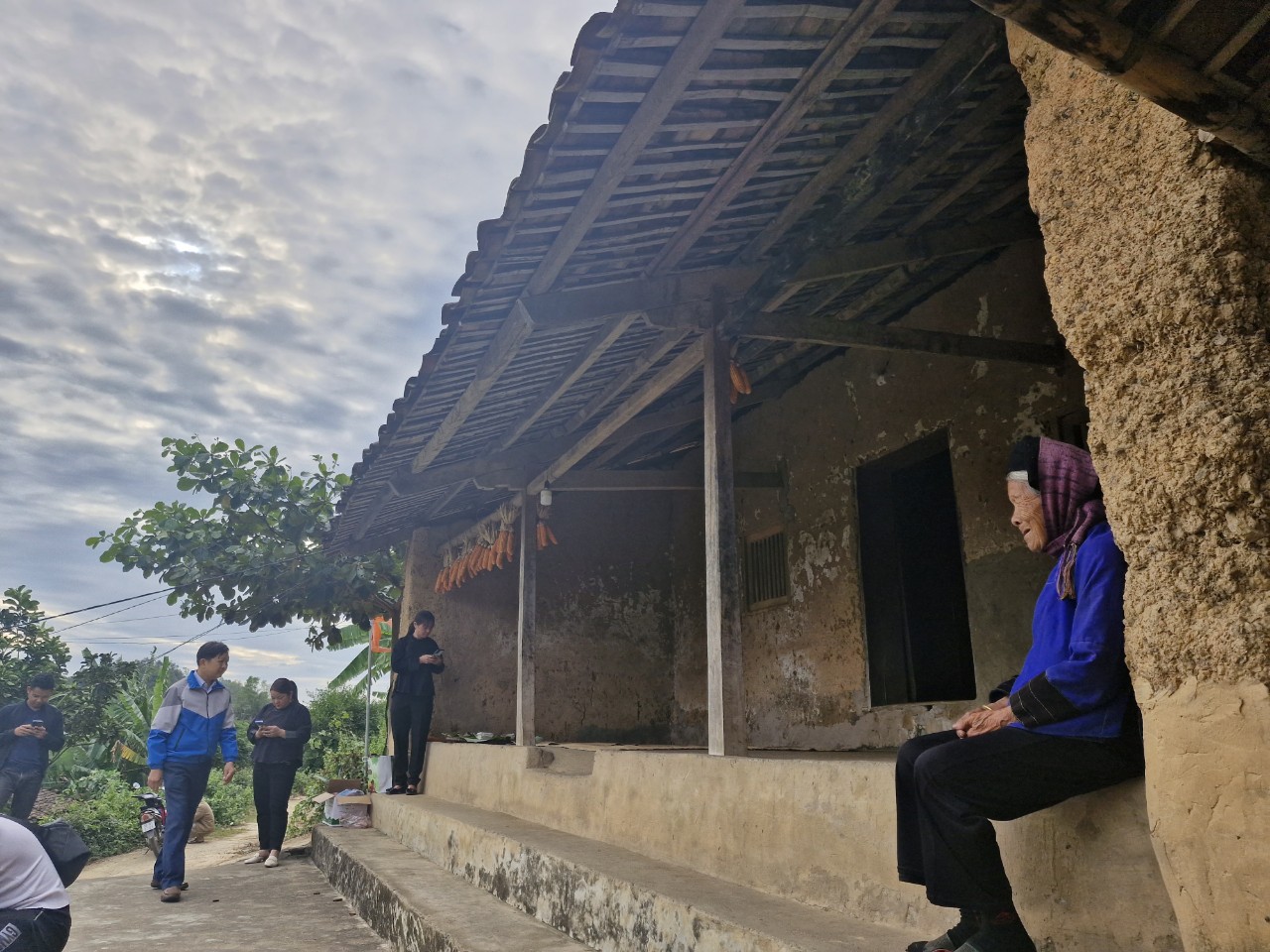
Close-up of the earthen wall built more than 40 years ago by the people of Bac Hoa village.
It is known that Bac Hoa village currently has 160 households but 17 households still keep their mud houses. The unique point is that all 17 houses on the above land are next to each other, located close to the middle of the village, creating an impressive highlight for visitors. There are almost no solid fences between the houses in the style of "closed gates and high walls", but are only separated by stone banks, stacked on top of each other or fenced with bamboo, creating a romantic village scene. Attracts tourists every time they come to Bac Hoa to experience.
Create a tourist highlight
Mr. Vi Van Hong, Chairman of Tan Son Commune People's Committee, shared that Bac Hoa ancient village has existed for decades, but because the village is located at the foot of the mountain, adjacent to Lang Son province, few people know about it. In 2016, Mr. Le Anh Duong, Chairman of the People's Committee of Bac Giang province, at that time holding the position of Vice Chairman of the People's Committee of Bac Giang province, visited and worked with the locality. Seeing that the village had many outstanding features, he directed the authorities. Localities mobilize people to preserve their unique culture. Since then, the government and people in the village have been aware of the importance of these ancient architectural works, linking the preservation of people's traditions with tourism development.
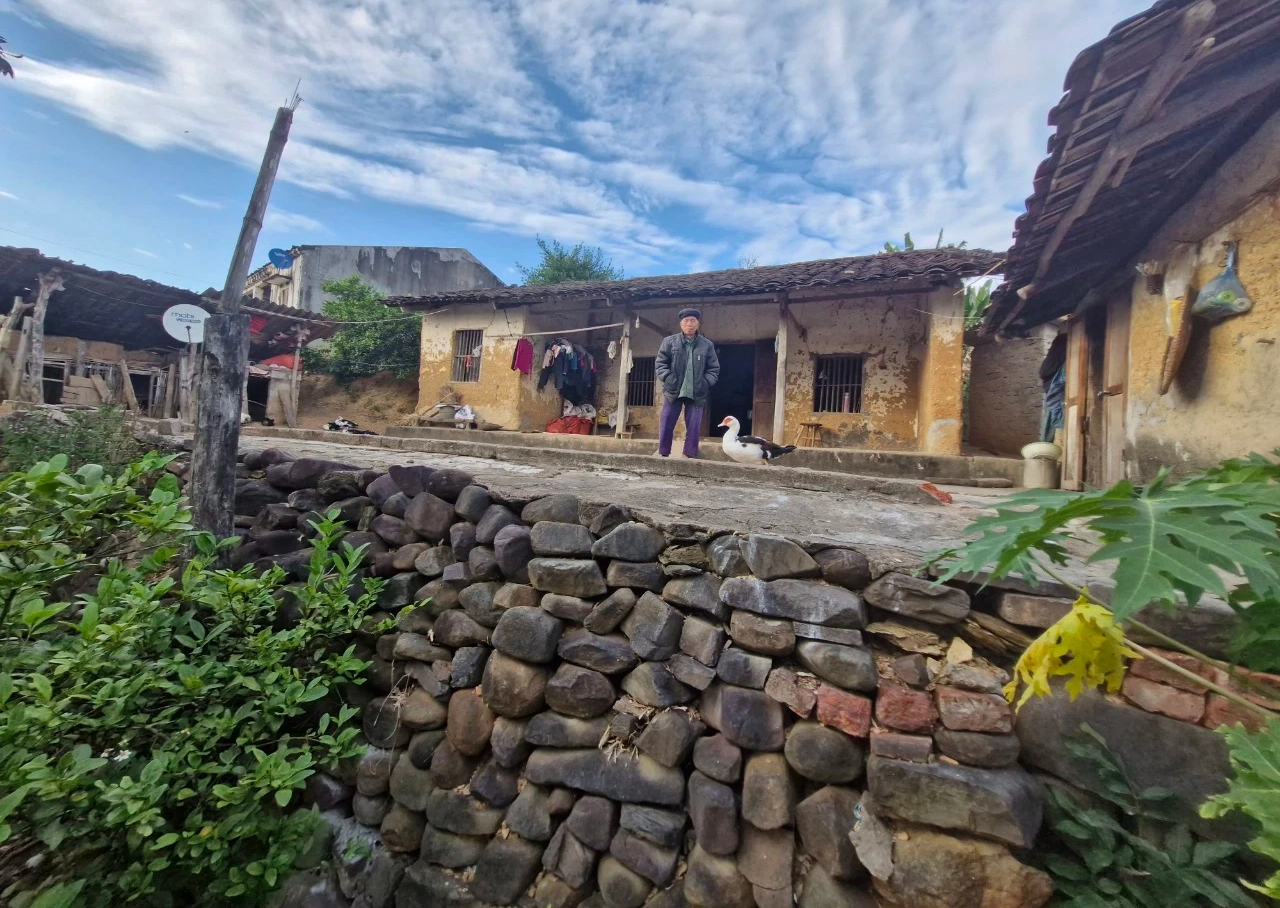
In addition to building houses made of dirt, many stone fences are also highlights of Bac Hoa ancient village.
Chairman of Tan Son Commune People's Committee also said that not only are there unique earthen houses, coming to Bac Hoa on harvest days, visitors can also admire the ripe rice fields running around the hills.
In addition, in spring, Bac Hoa is also famous for its countless chrysanthemum flowers, covering the fields. On the hillsides will be blooming branches of plum and peach blossoms, creating a poetic and idyllic beauty for the ancient village.
At the same time, on hot summer days, Bac Hoa is still an ideal destination with vast primeval forests surrounding the village, along with cool, clear streams flowing all year round, becoming a destination to experience, Explore nature and attractive eco-tourism.
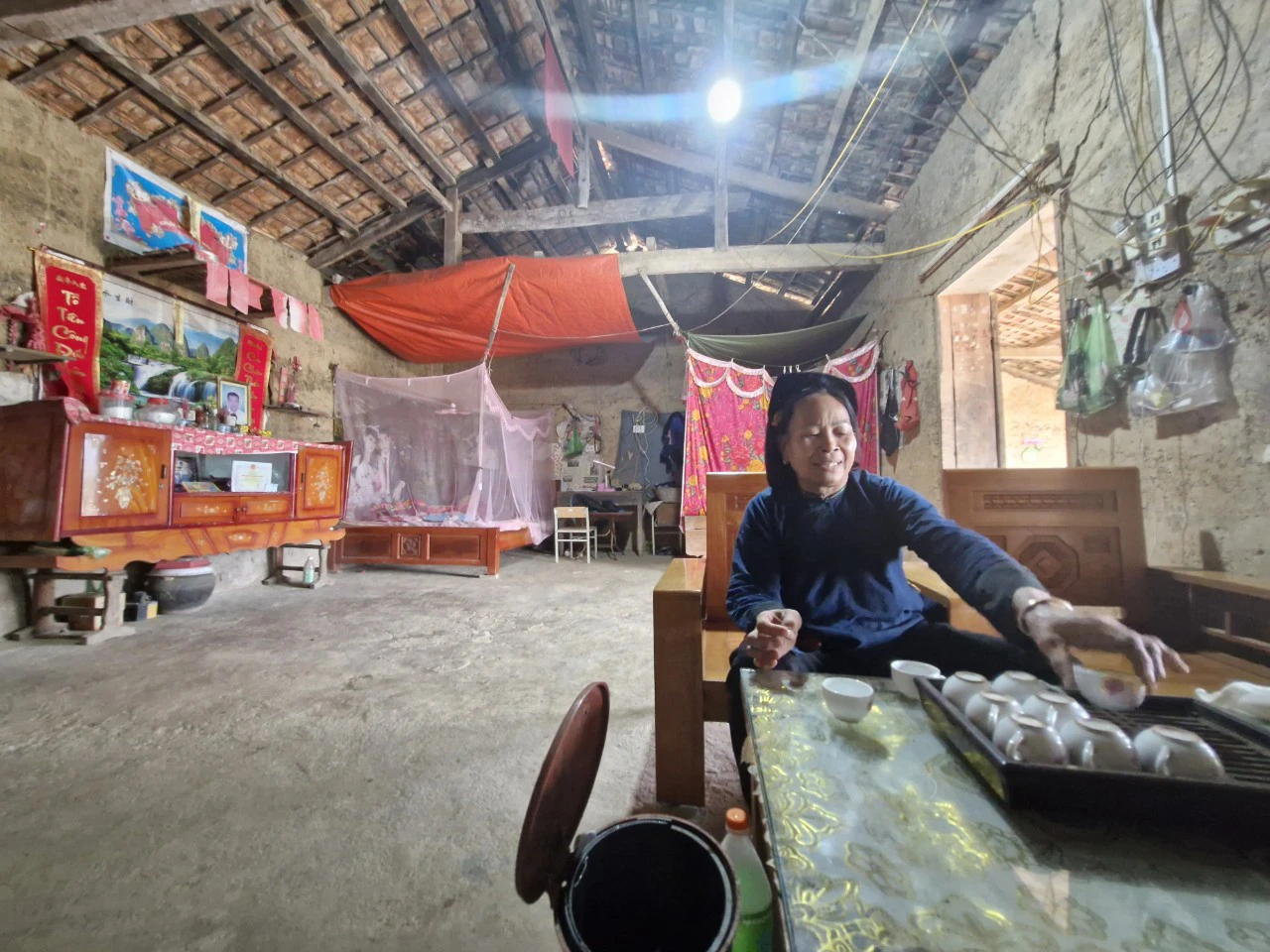
Close-up of the interior of an ancient house in Bac Hoa village.
However, local leaders also said that currently, tourists coming to Bac Hoa are mainly spontaneous, brought by those who love traditional beauty and nature. Most tourists buy their own food and bring it to or return to Chu town, Luc Ngan district and Chi Lang district, Lang Son for accommodation. Very few choose to stay because local auxiliary services are not yet developed and unsatisfactory. meet the needs of tourists. Local authorities request all levels of industry to soon invite businesses to invest in combination with local people to build unique tourism products, contributing to attracting tourists and helping people develop their economy. society.
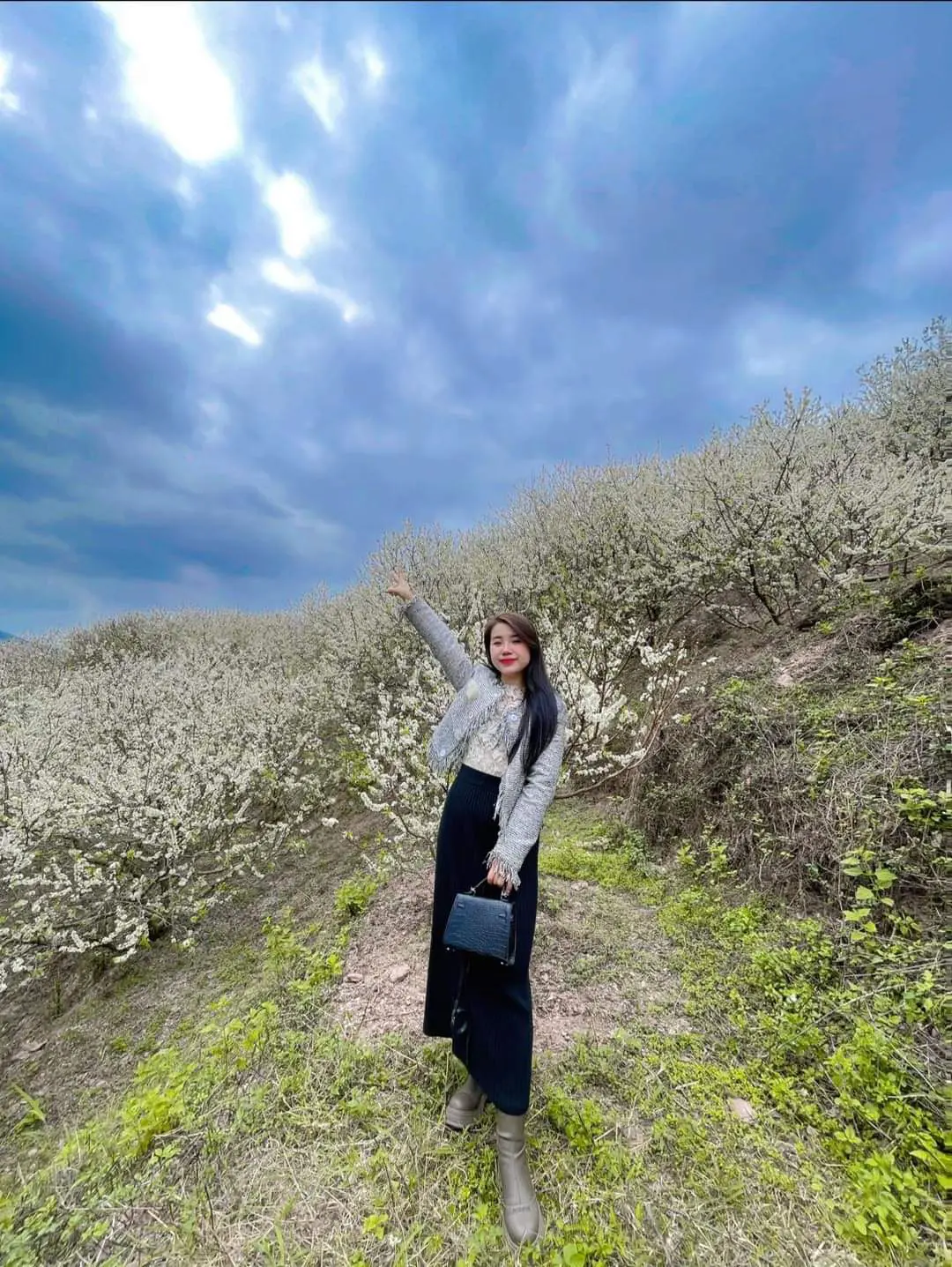
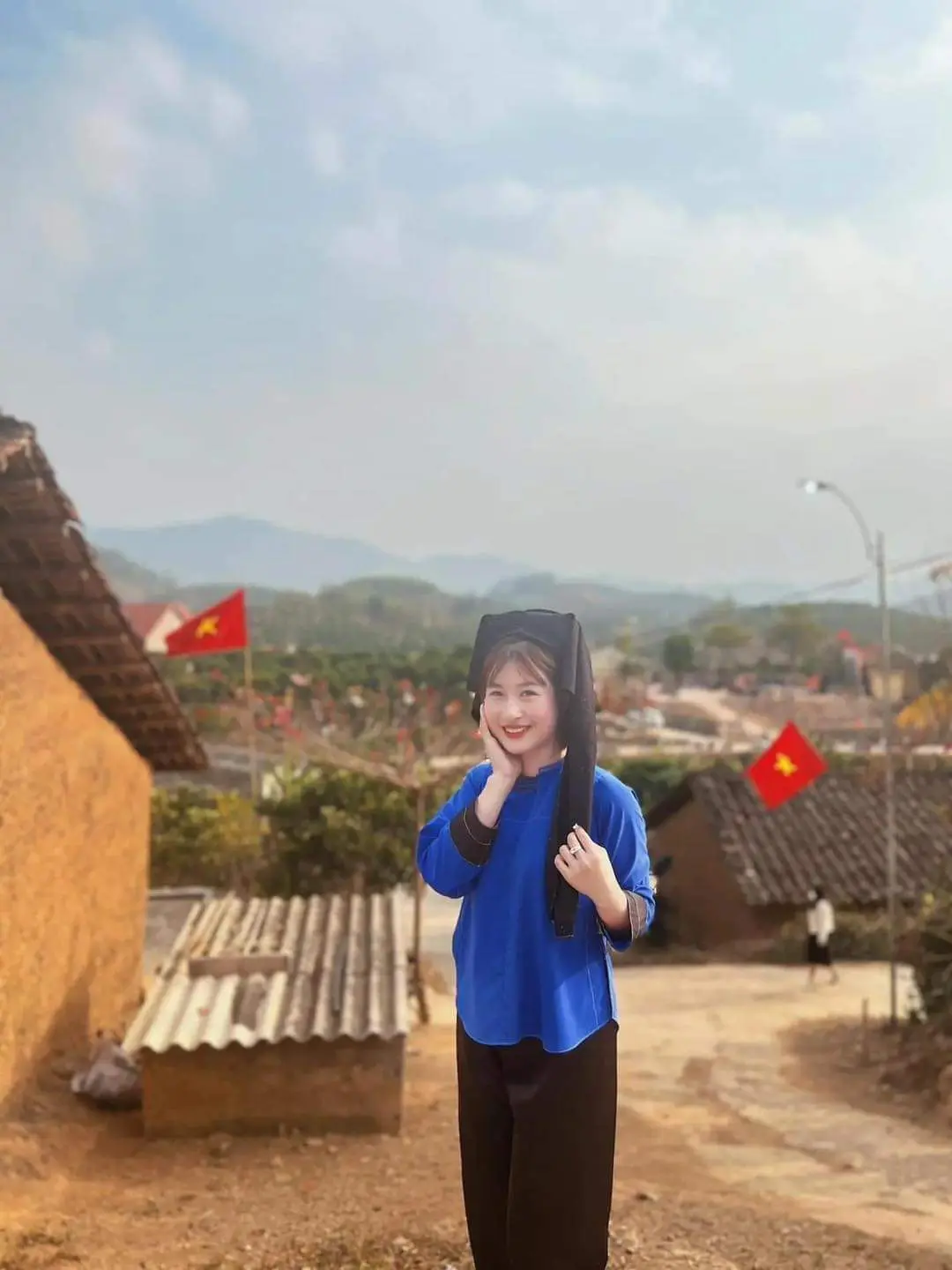
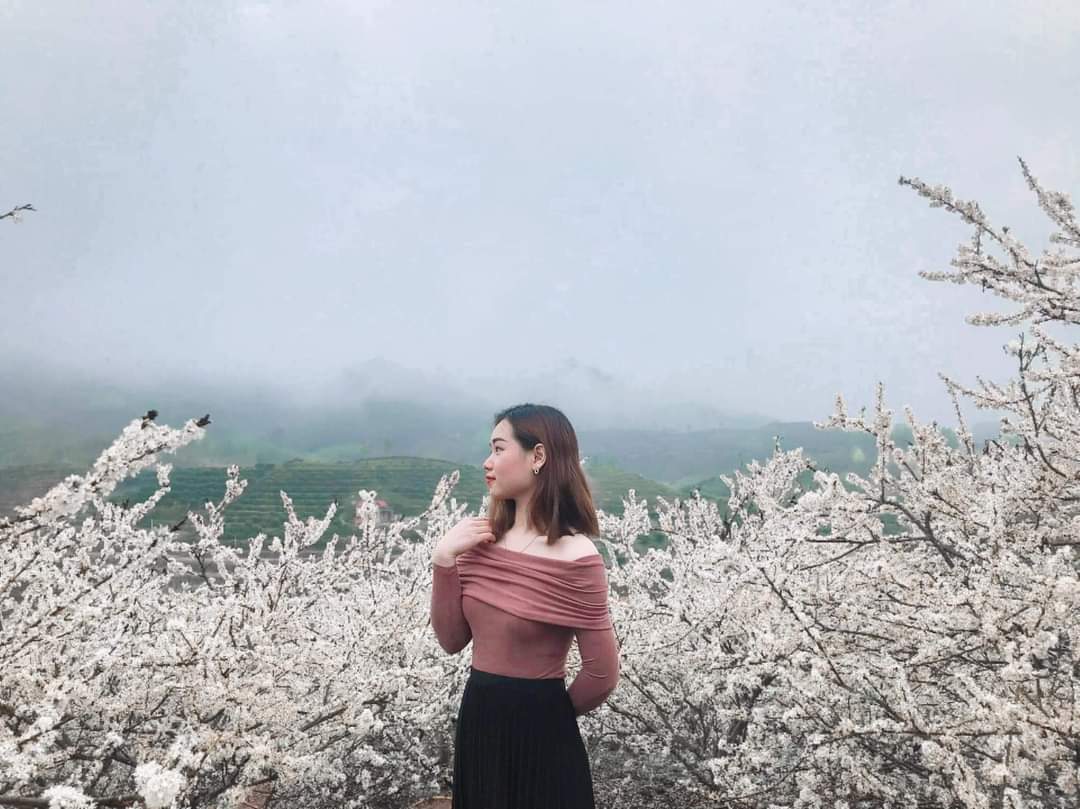

In addition to ancient houses, Bac Hoa is also an attractive destination for young people. FB photo.
The leader of the Culture Department of Luc Ngan district also said that currently the locality has developed a plan and submitted it to the People's Committee of Bac Giang province to approve the tourism development plan in Bac Hoa village, Tan Son commune. At the same time, the District People's Committee has also paid attention to investing in building roads, community houses, ecological museums... in Bac Hoa village. Tourism cooperatives in the area also include Bac Hoa as an ideal destination for eco-tours and hill gardens in the area. From there, it helps many people know and promote the image of the land and people of Luc Ngan.
"Bac Hoa's tourism potential is still a lot and has not been exploited properly. Surely tourism services will continue to develop and become a key local economy in the near future," this leader said. speak.
Bac Giang
1597 view
Update day
: 21/02/2024
Văn Thương


 vn
vn en
en ja
ja ko
ko zh
zh


















